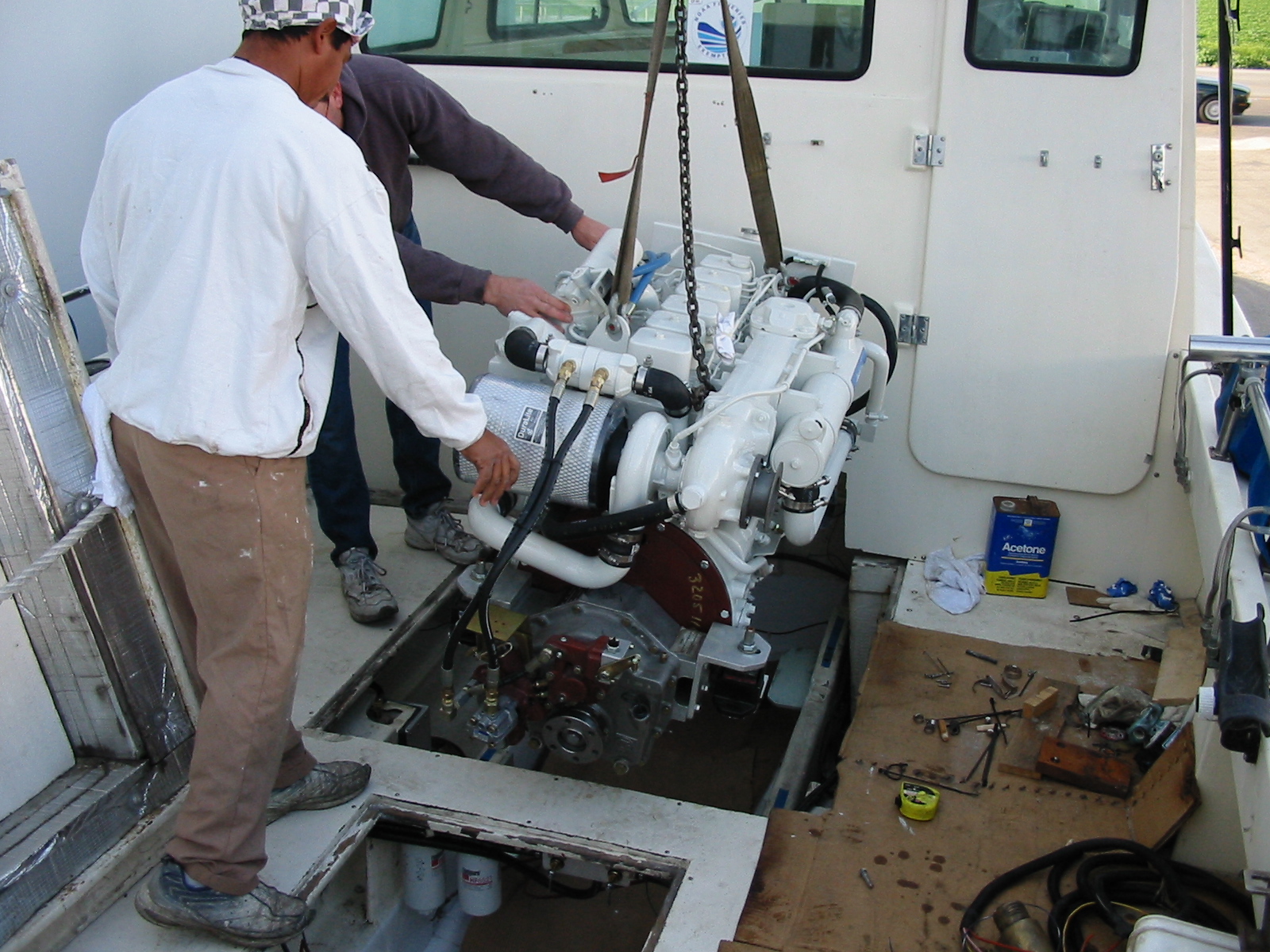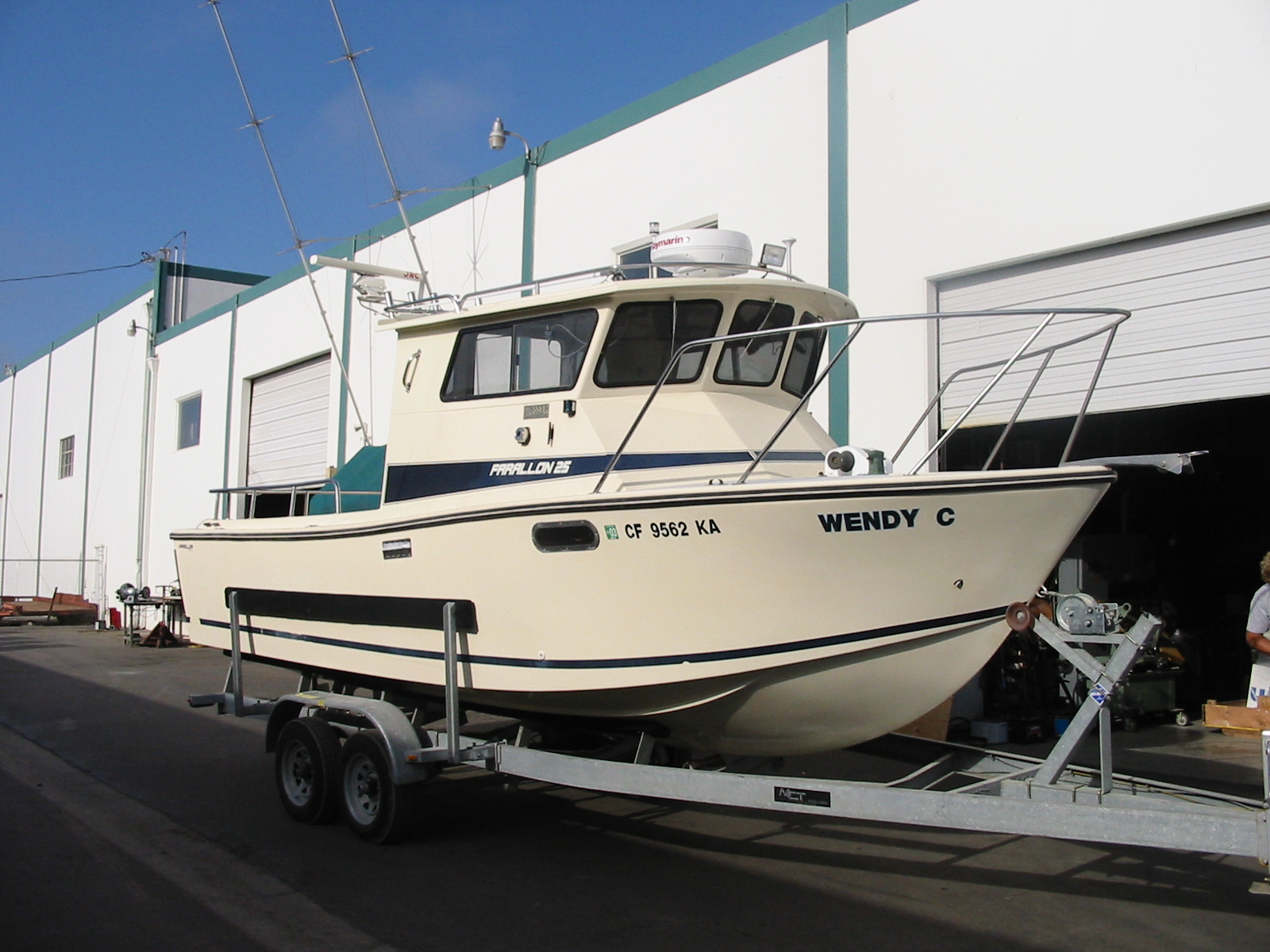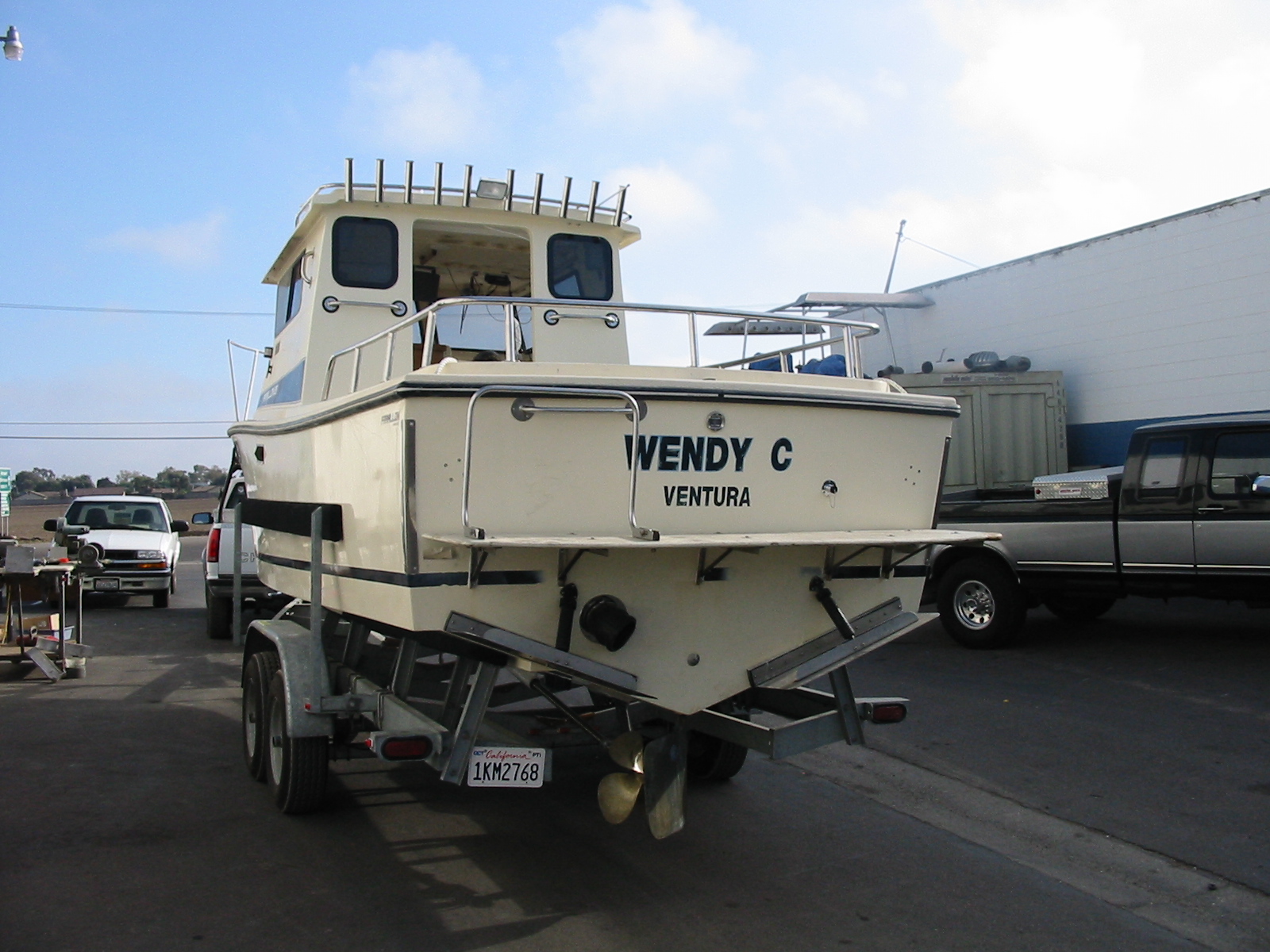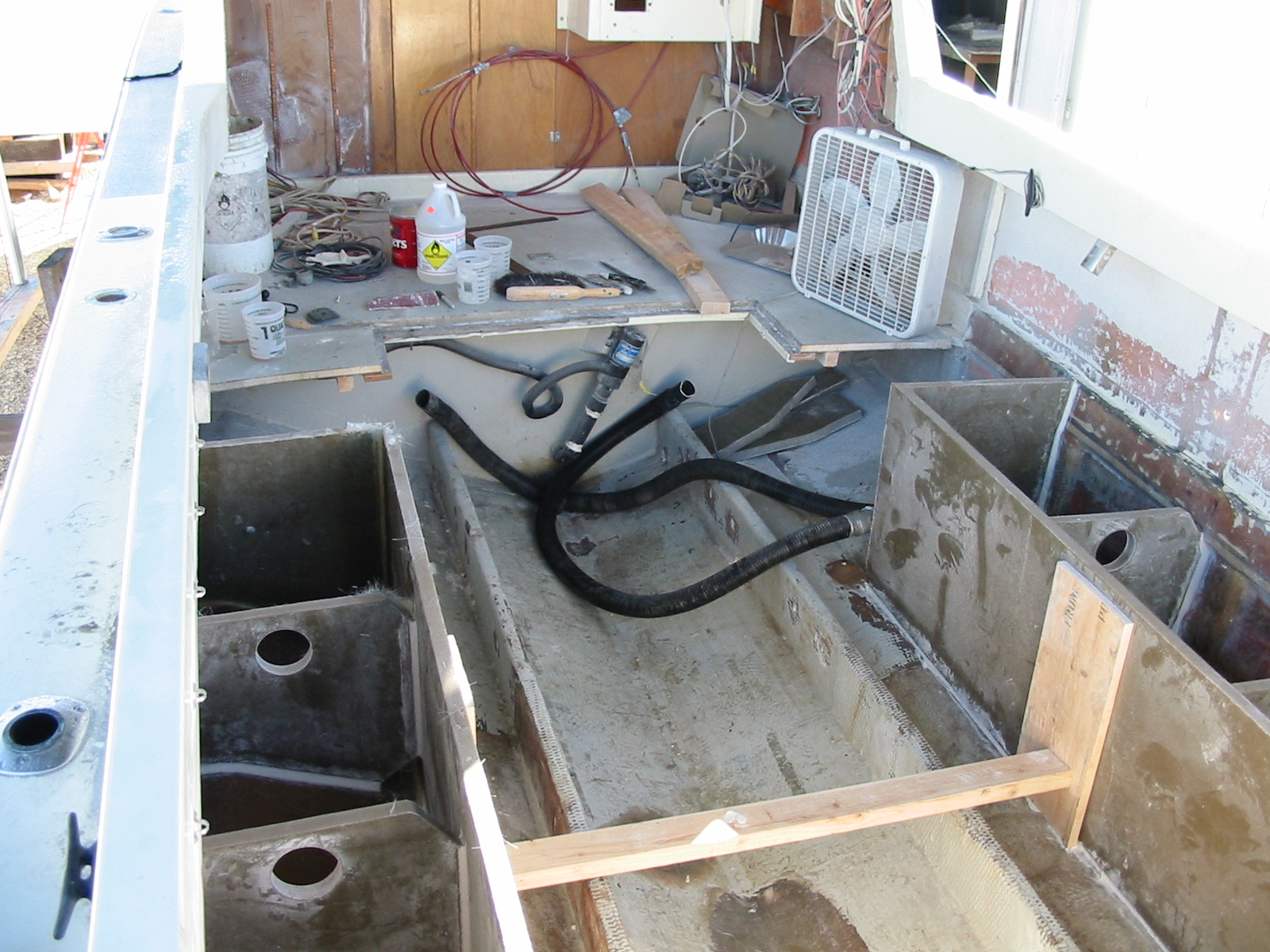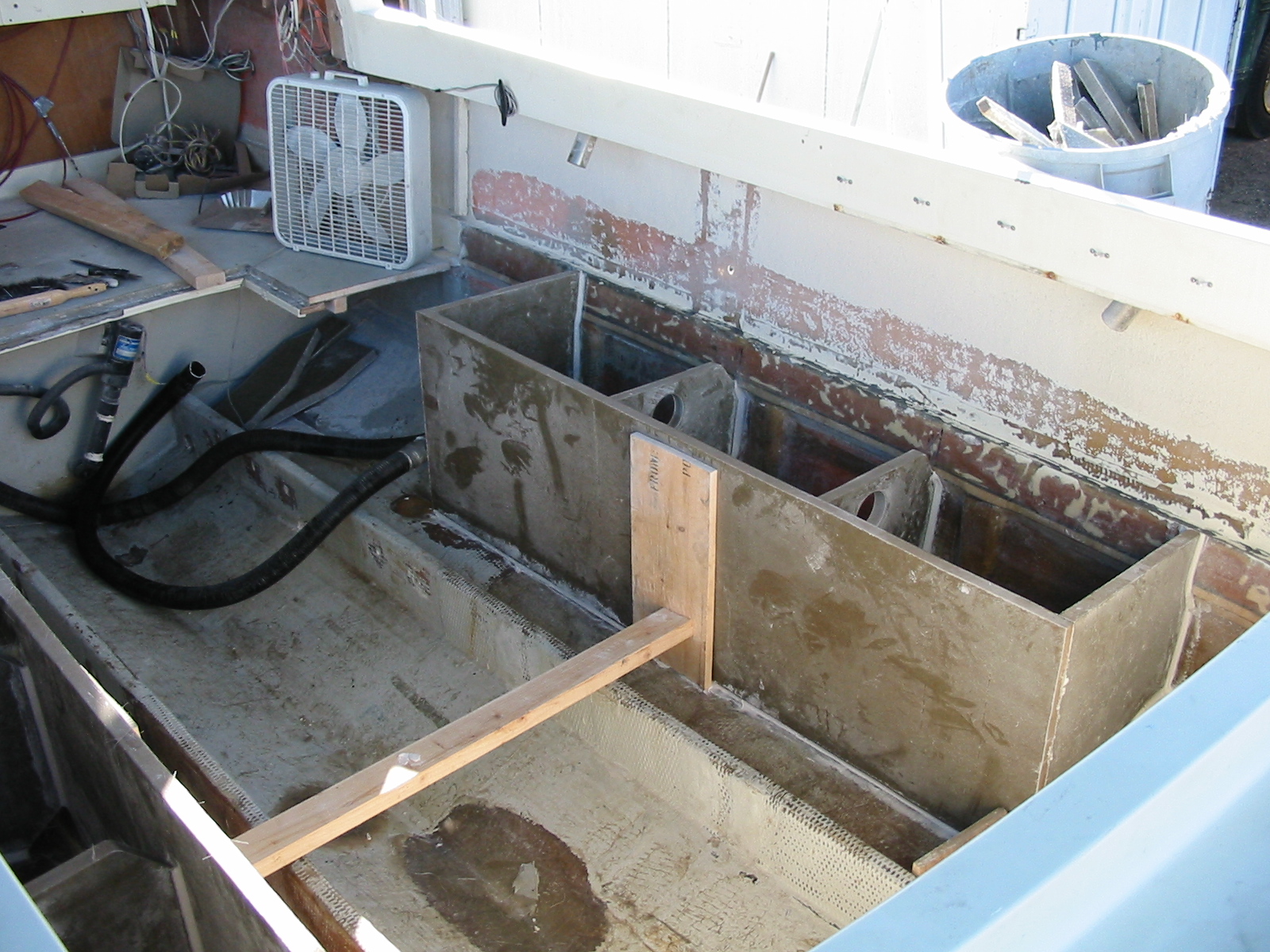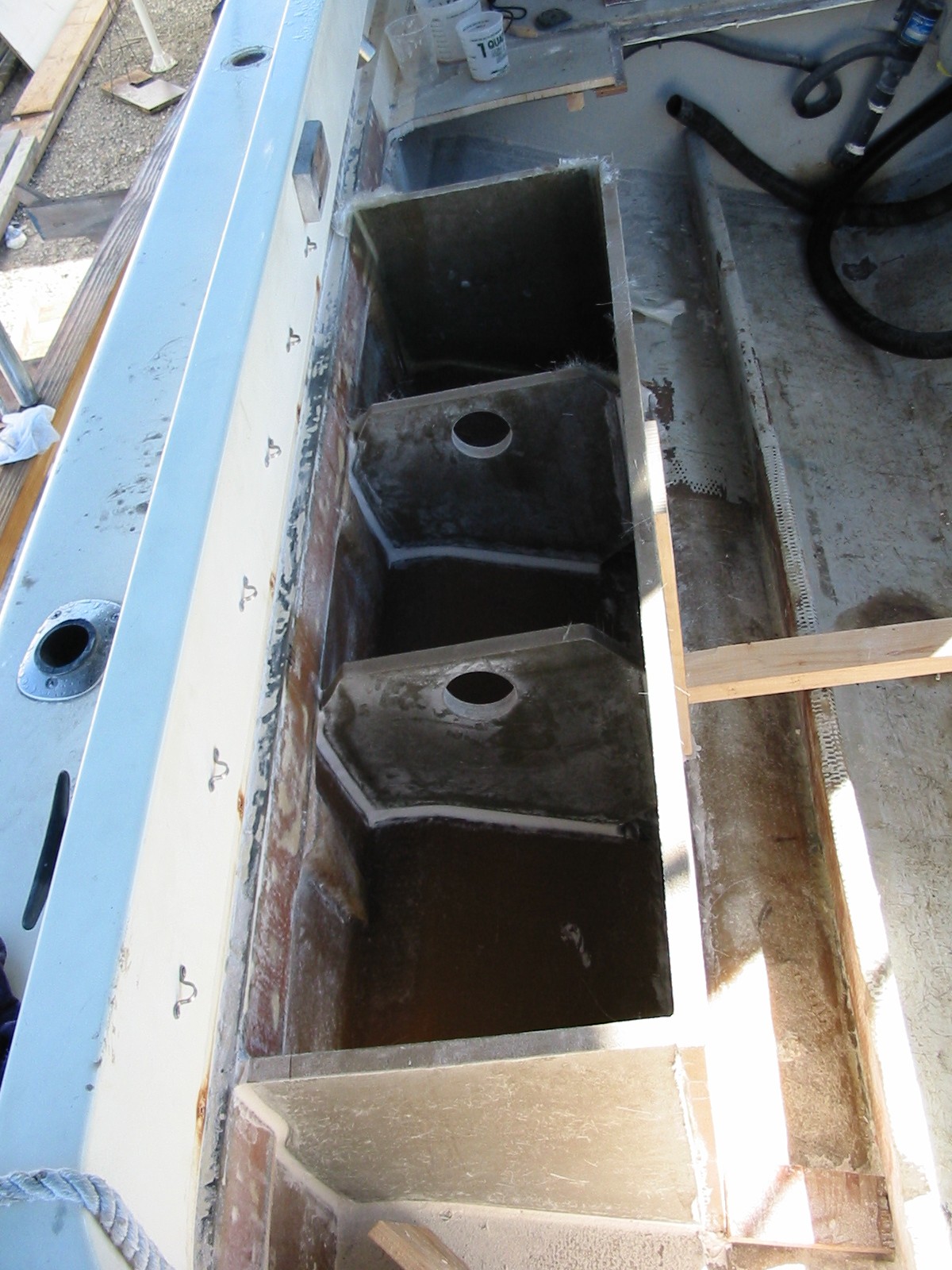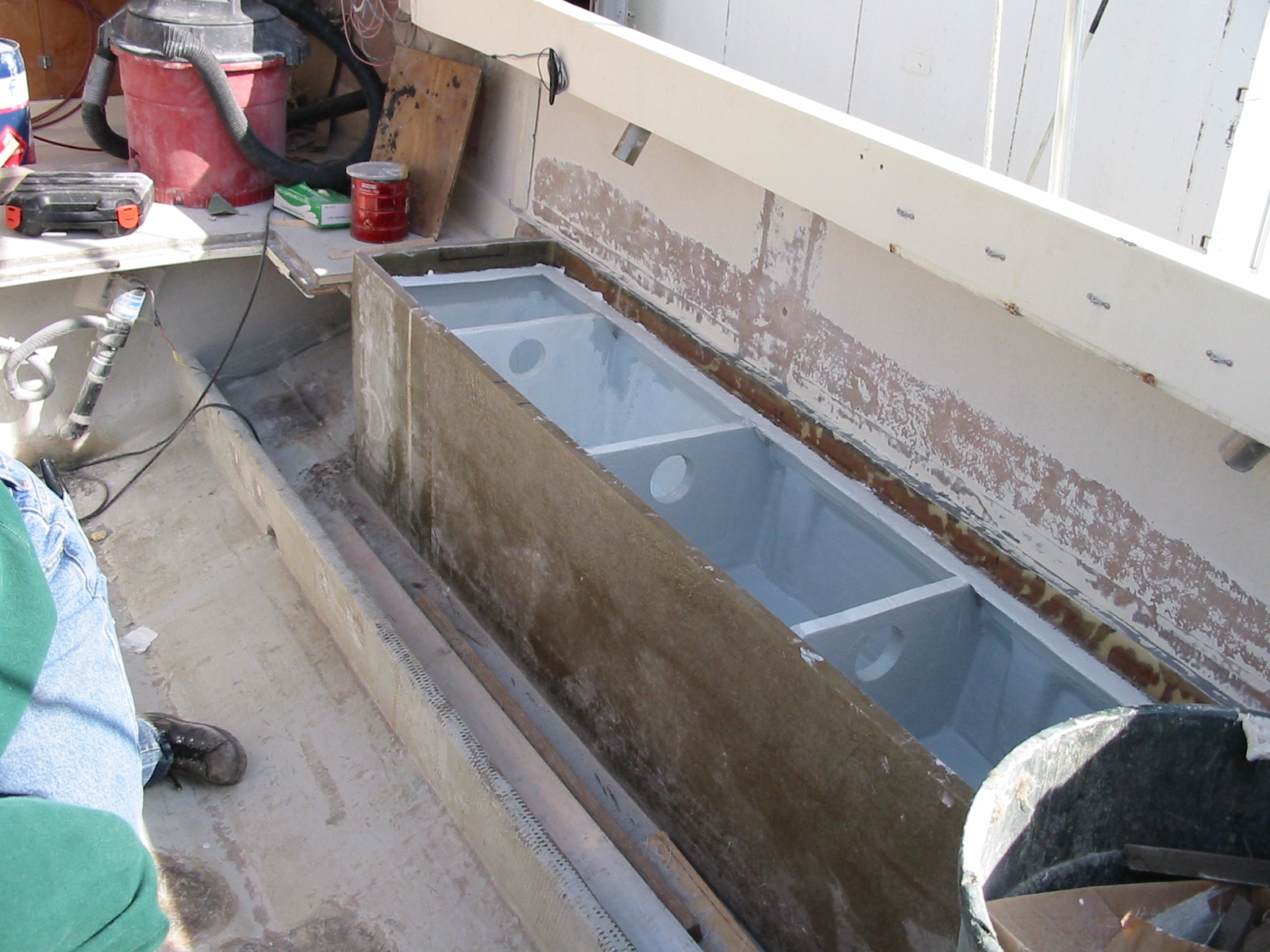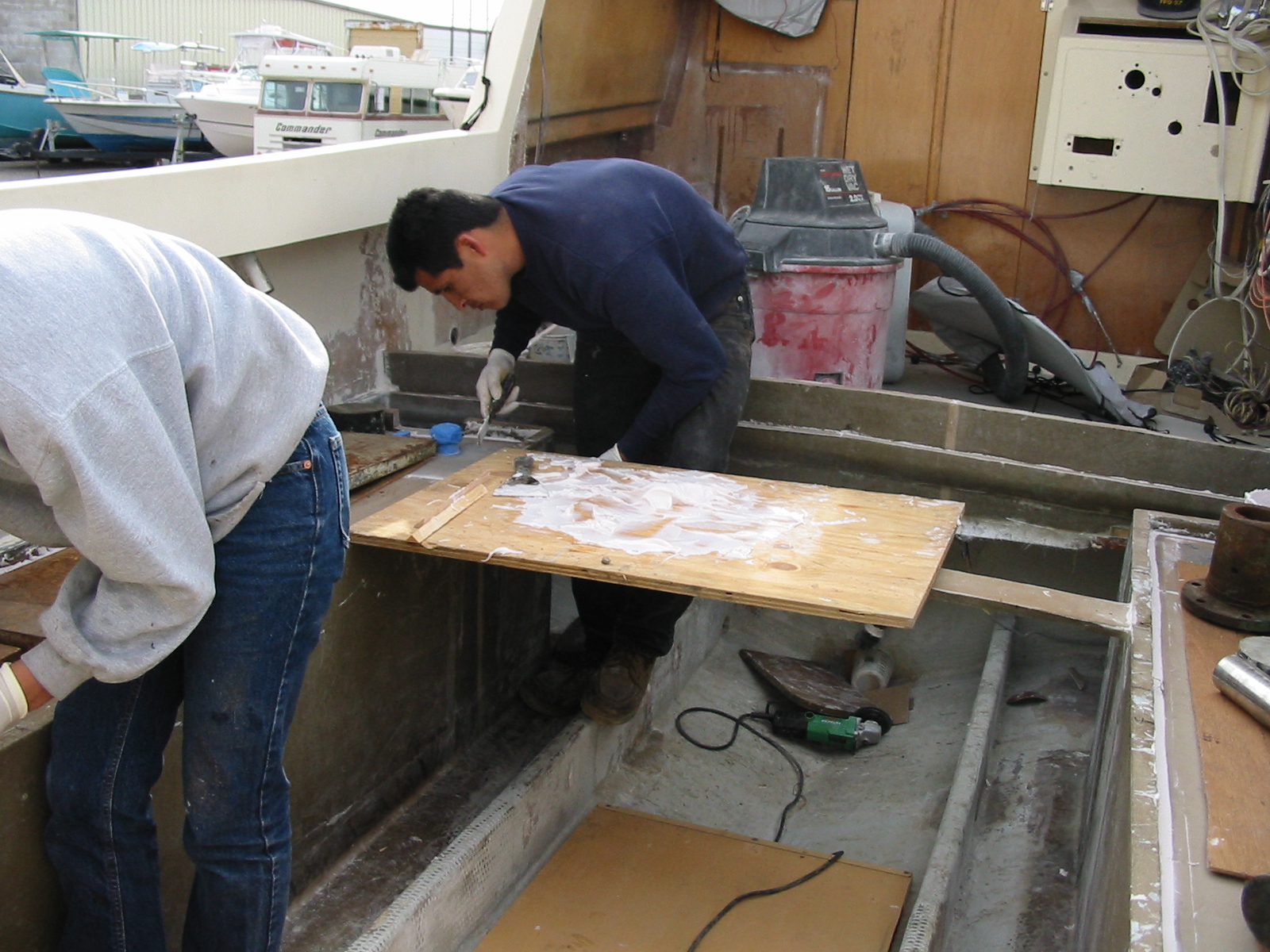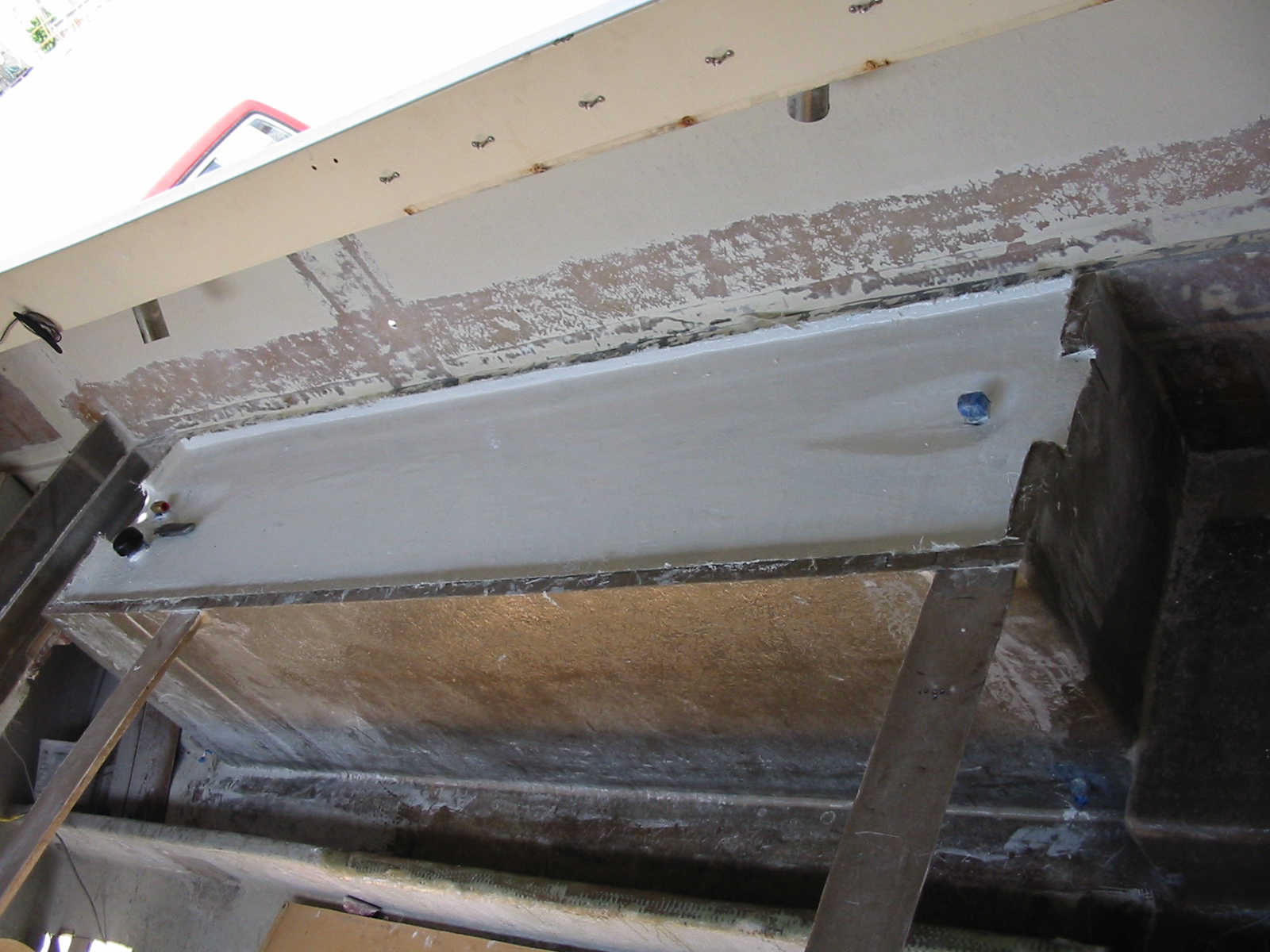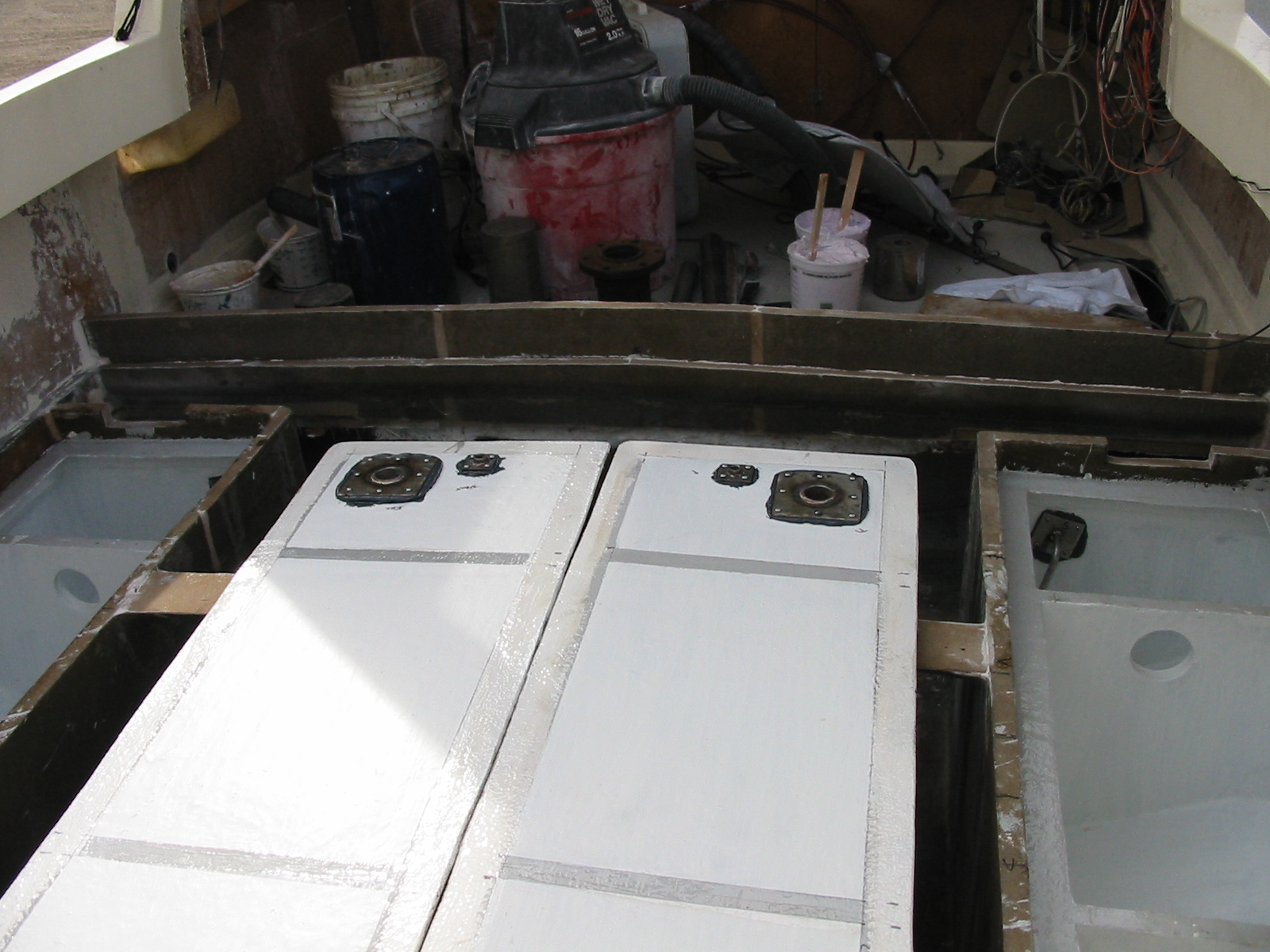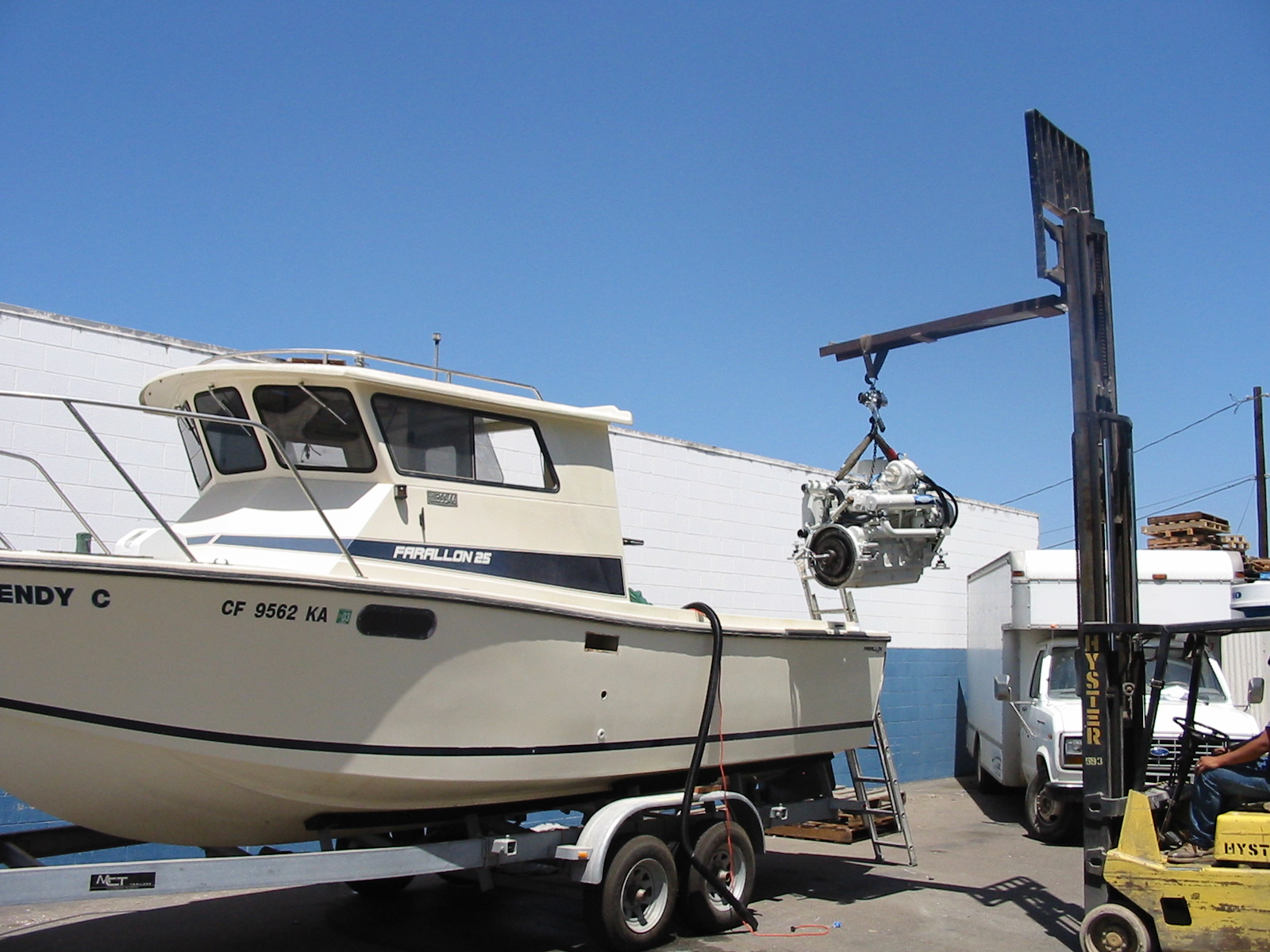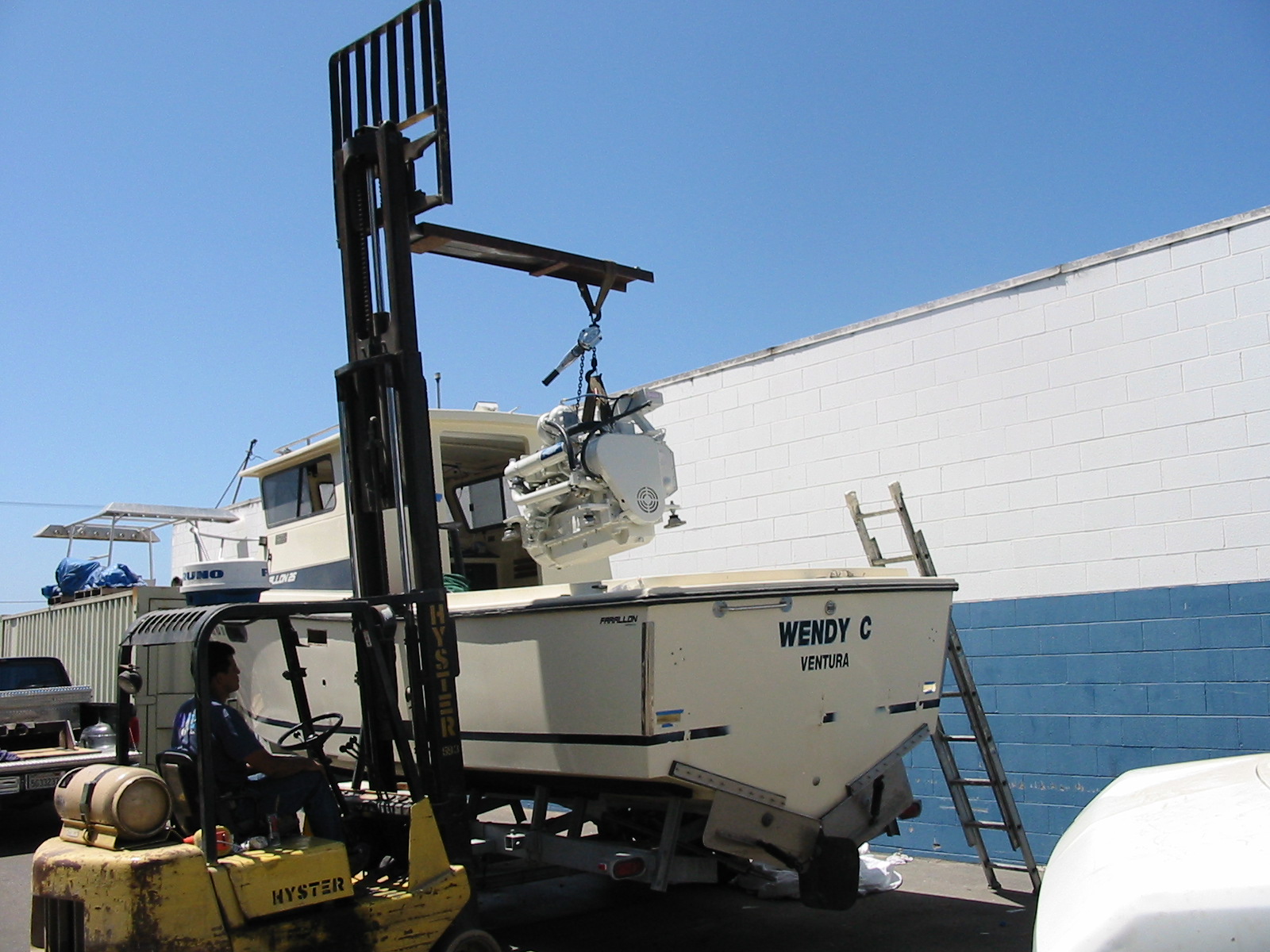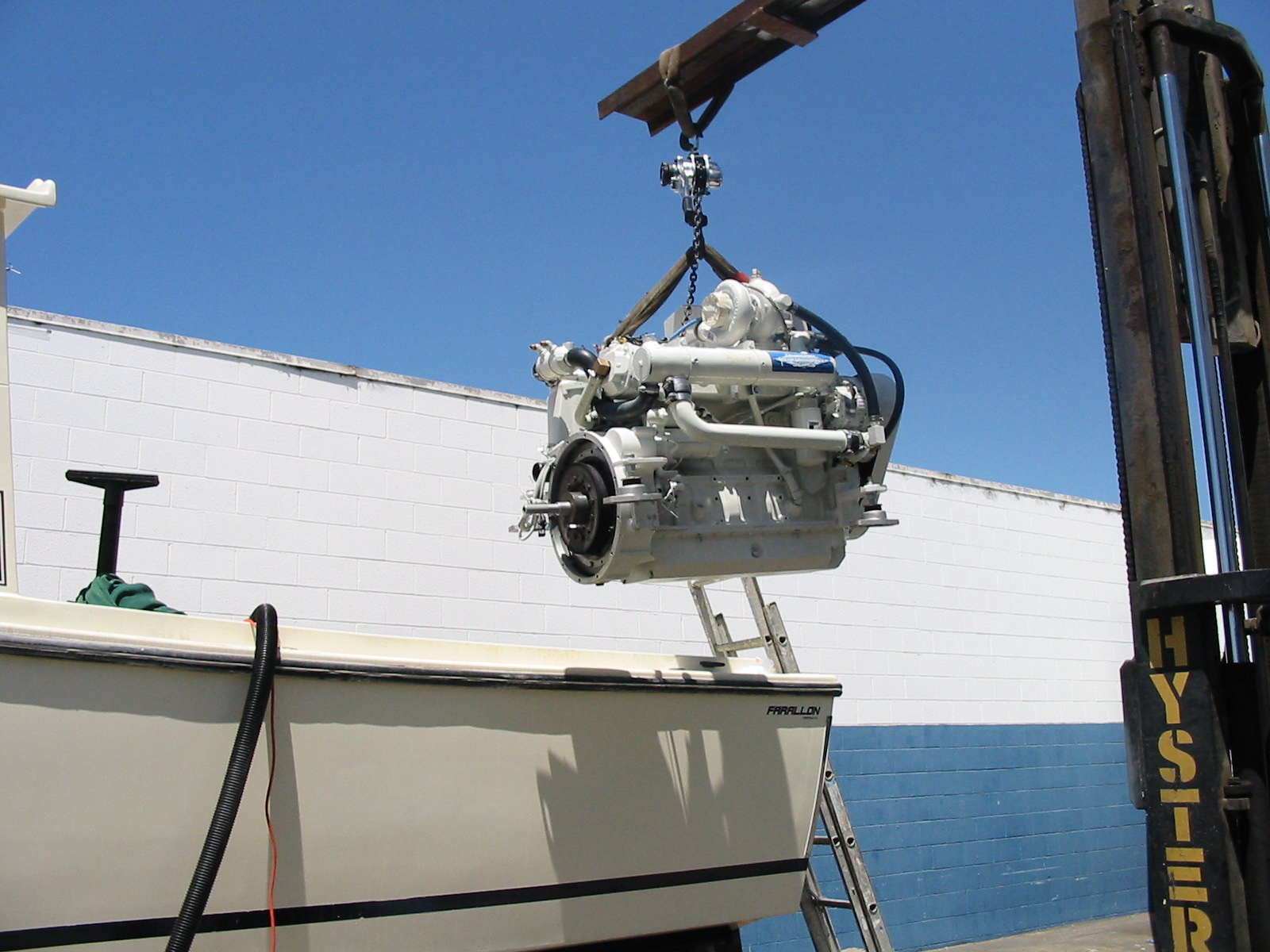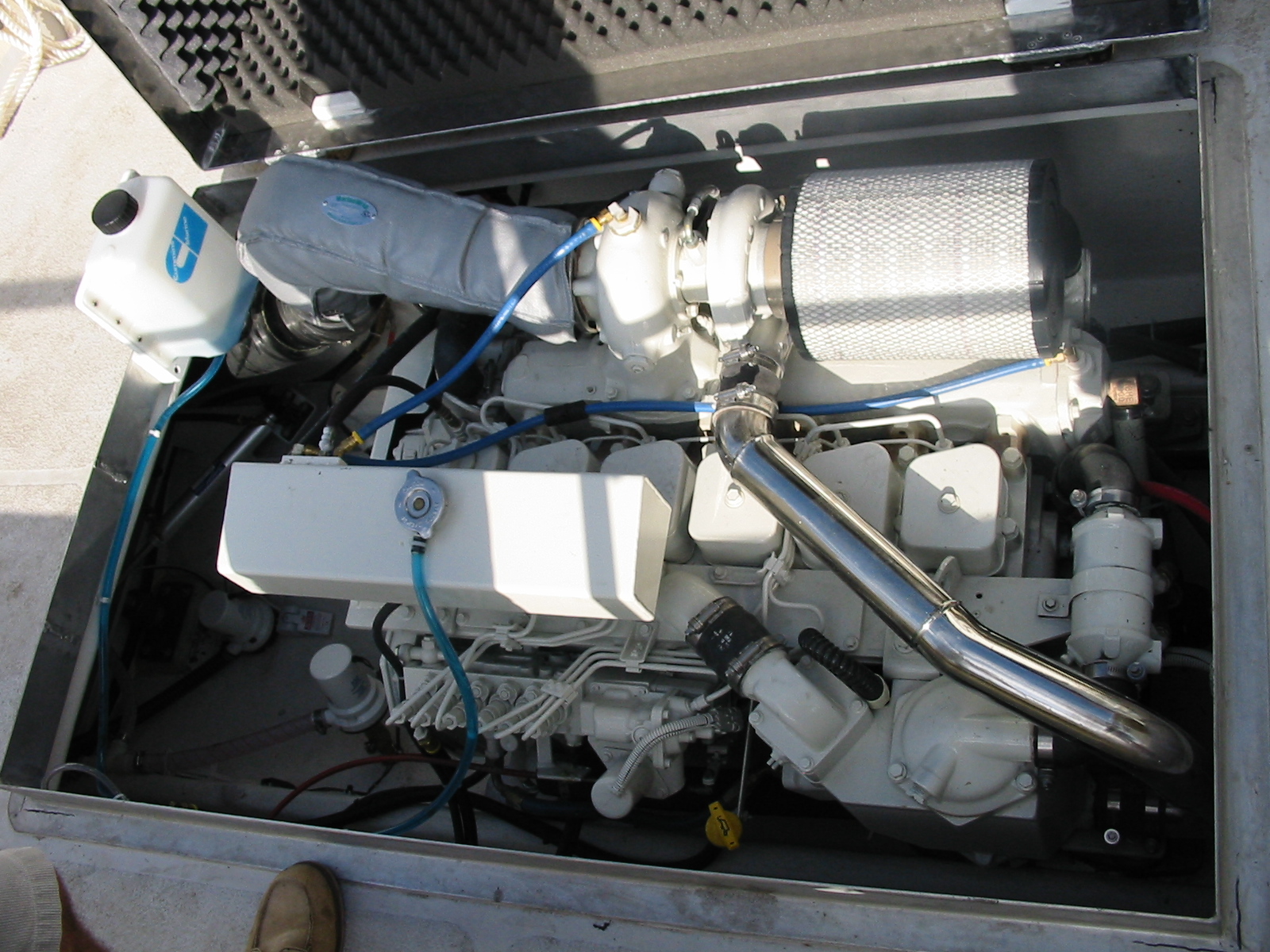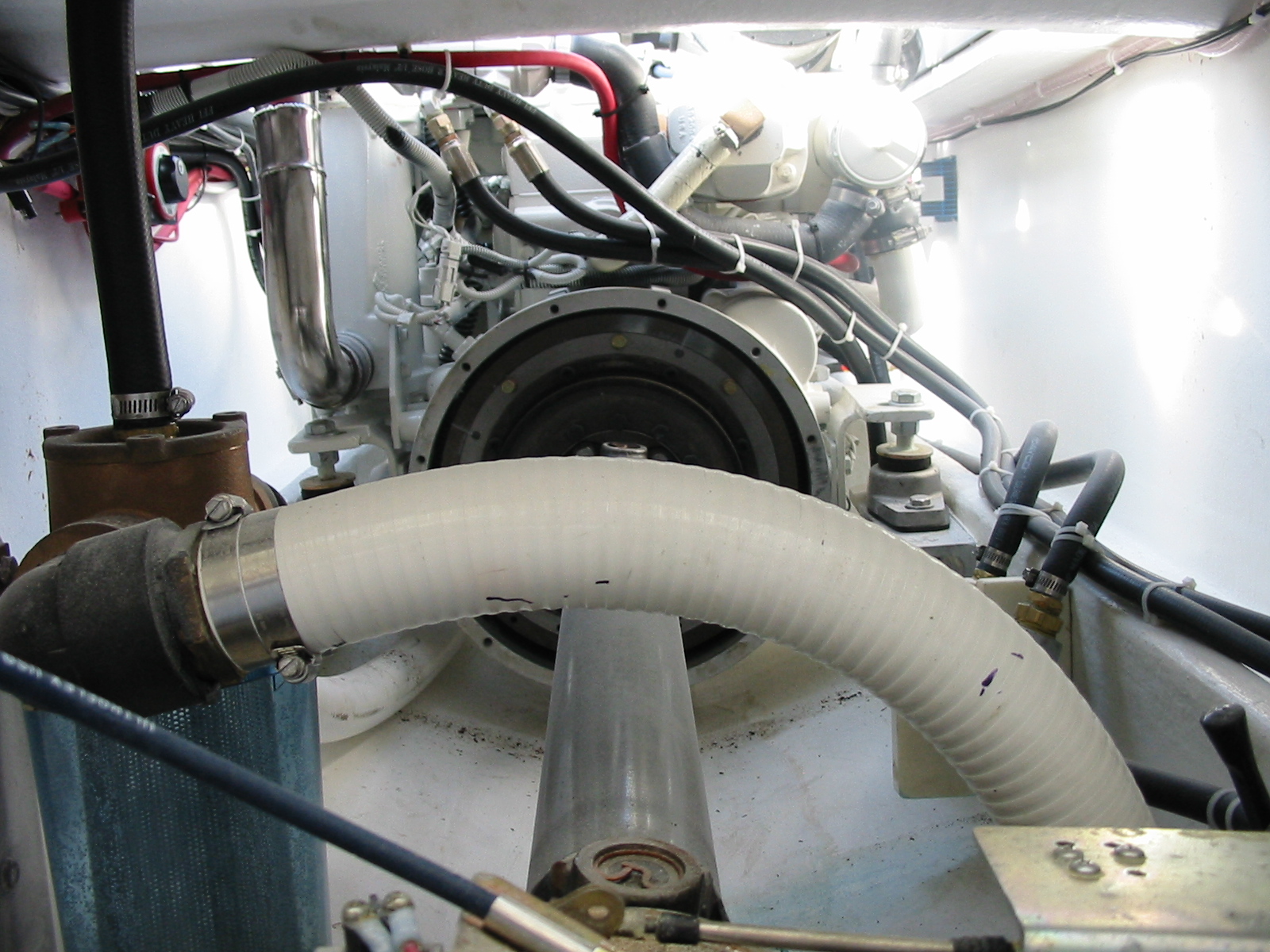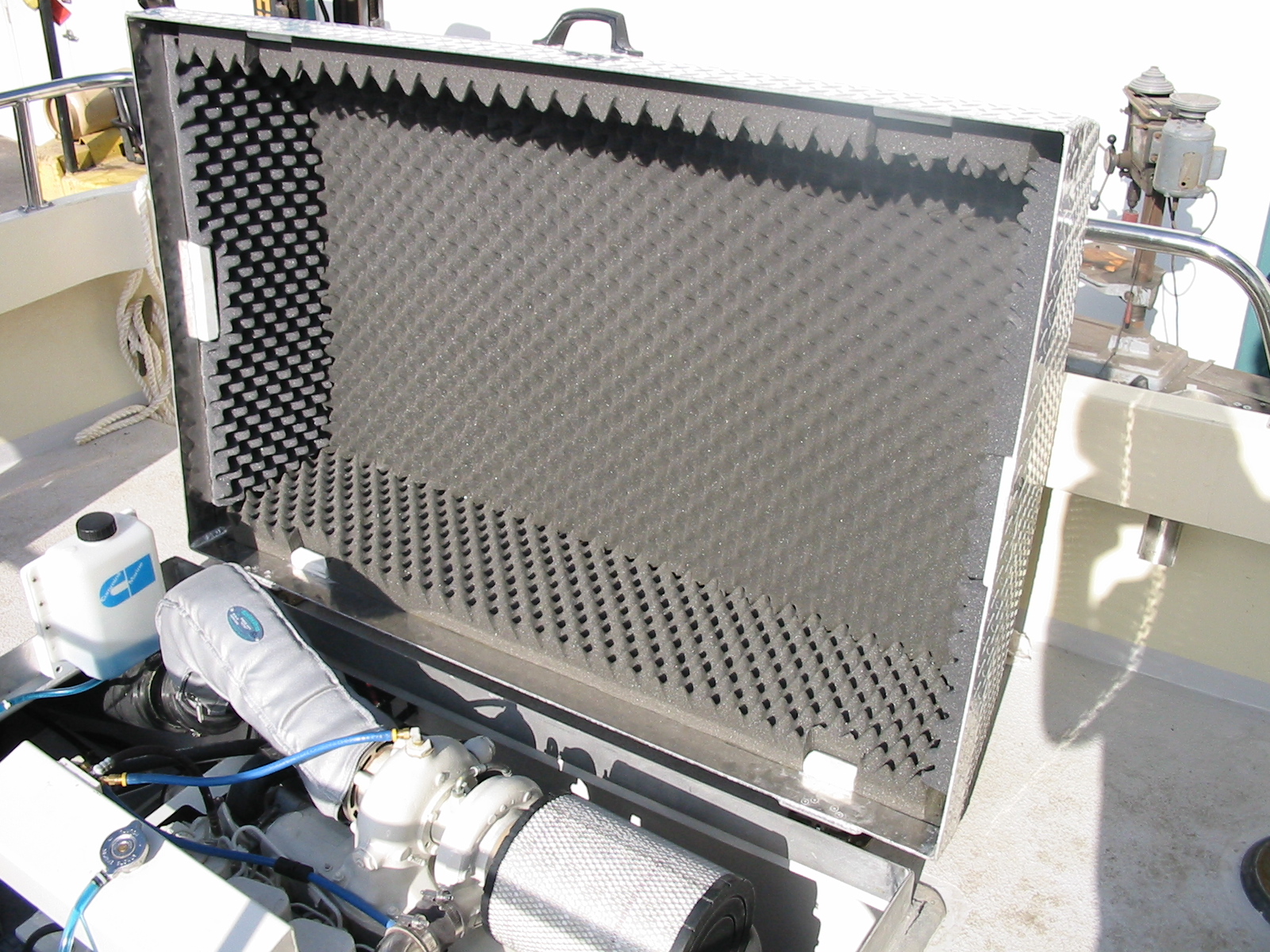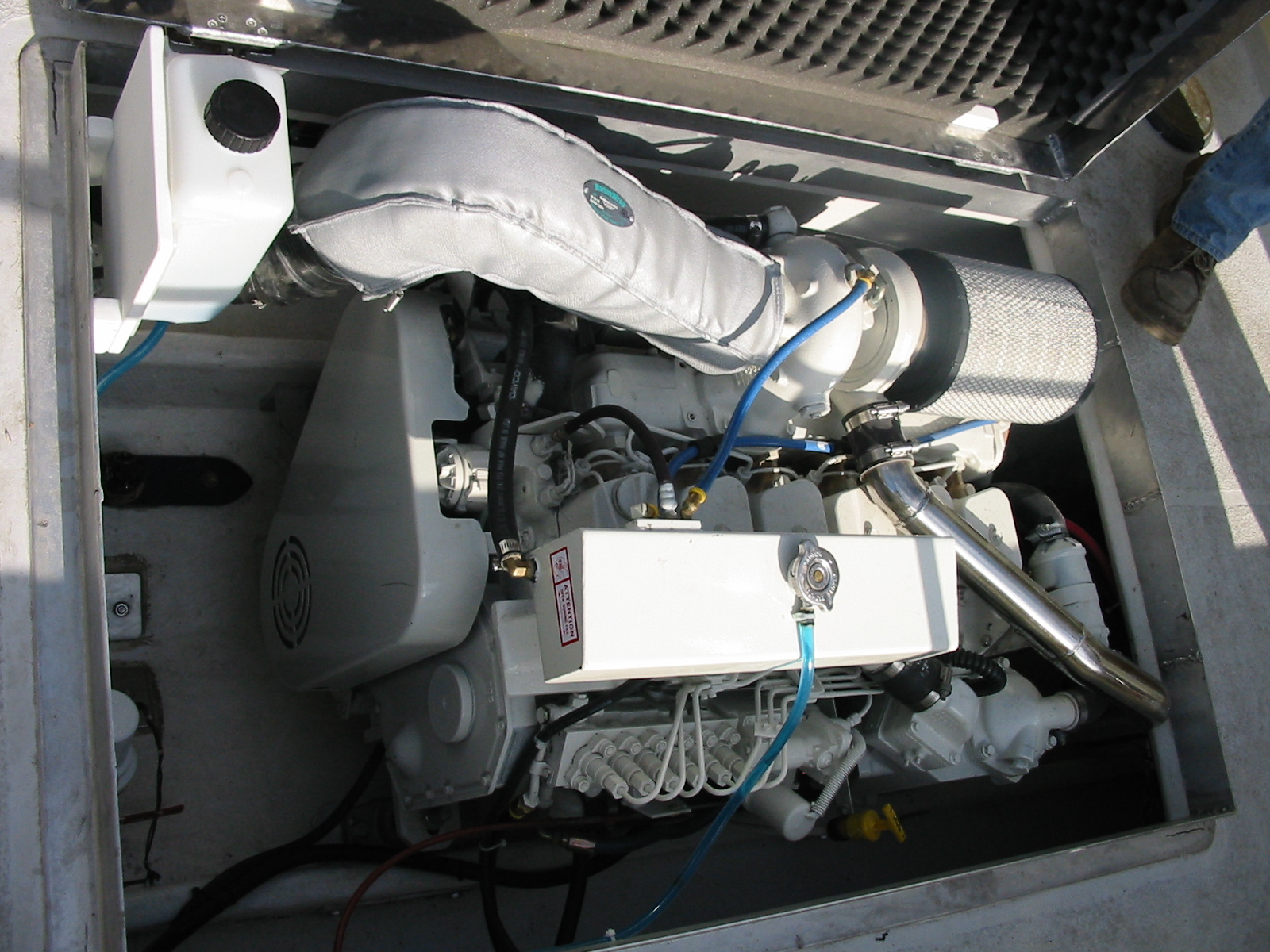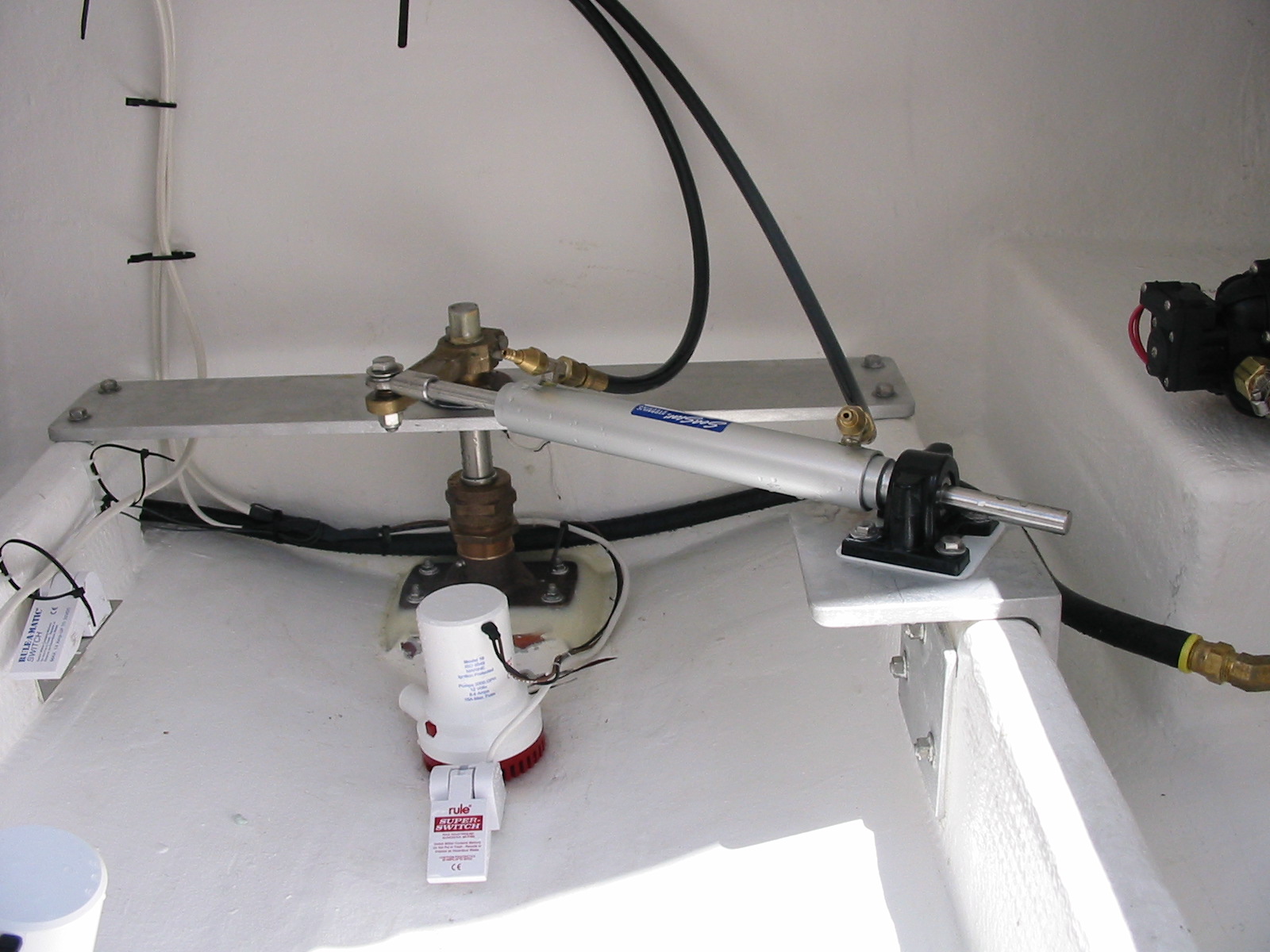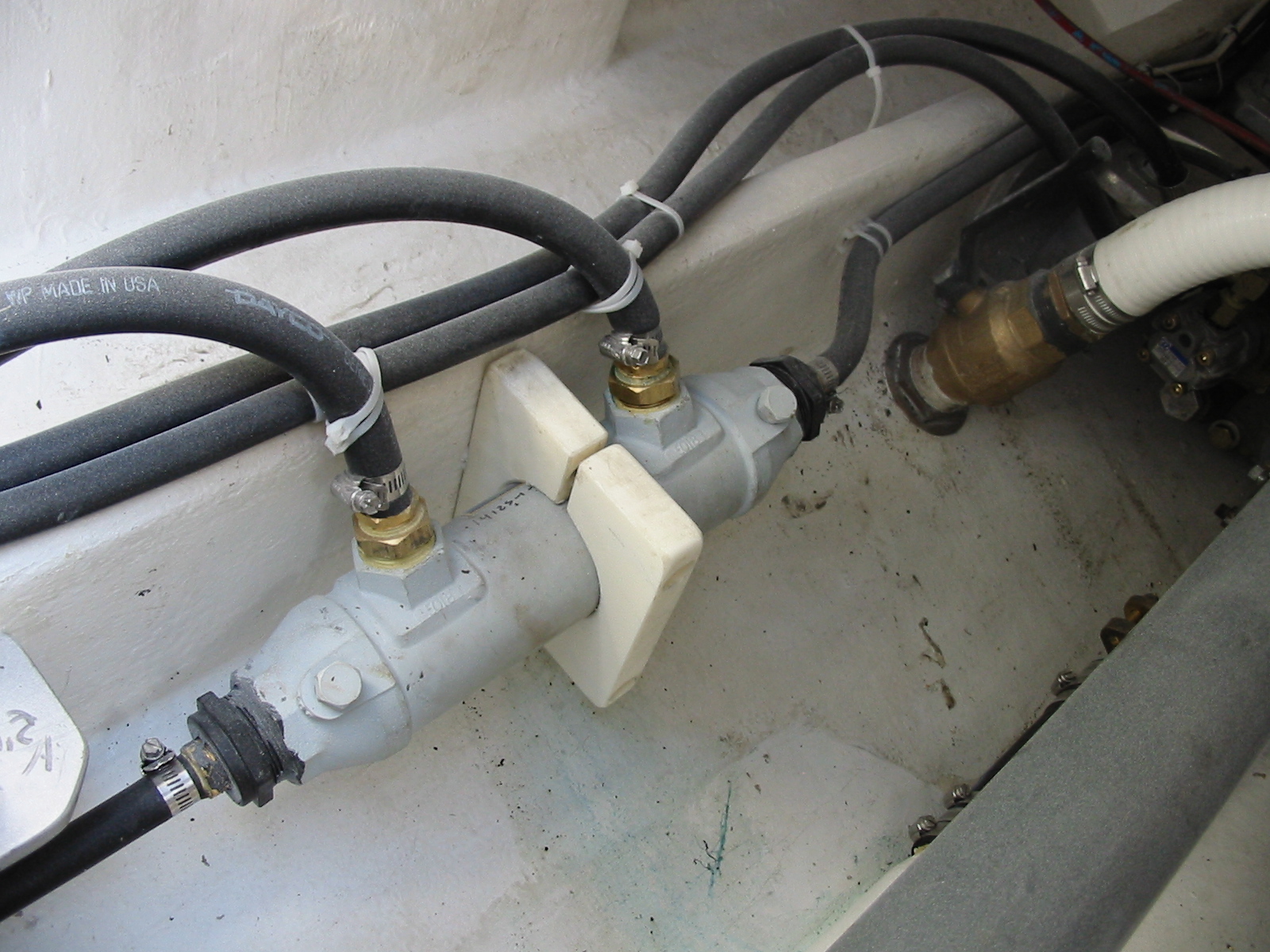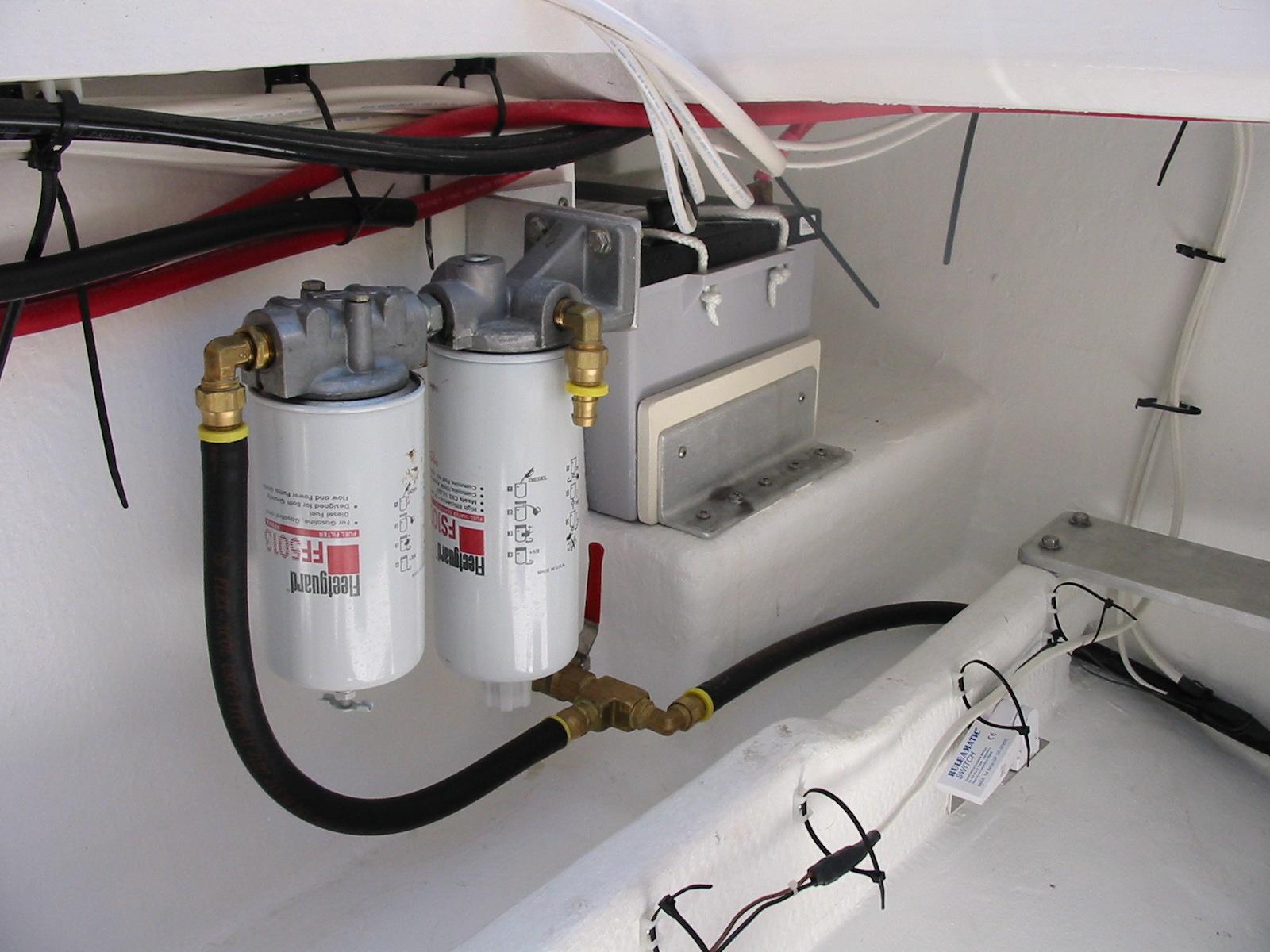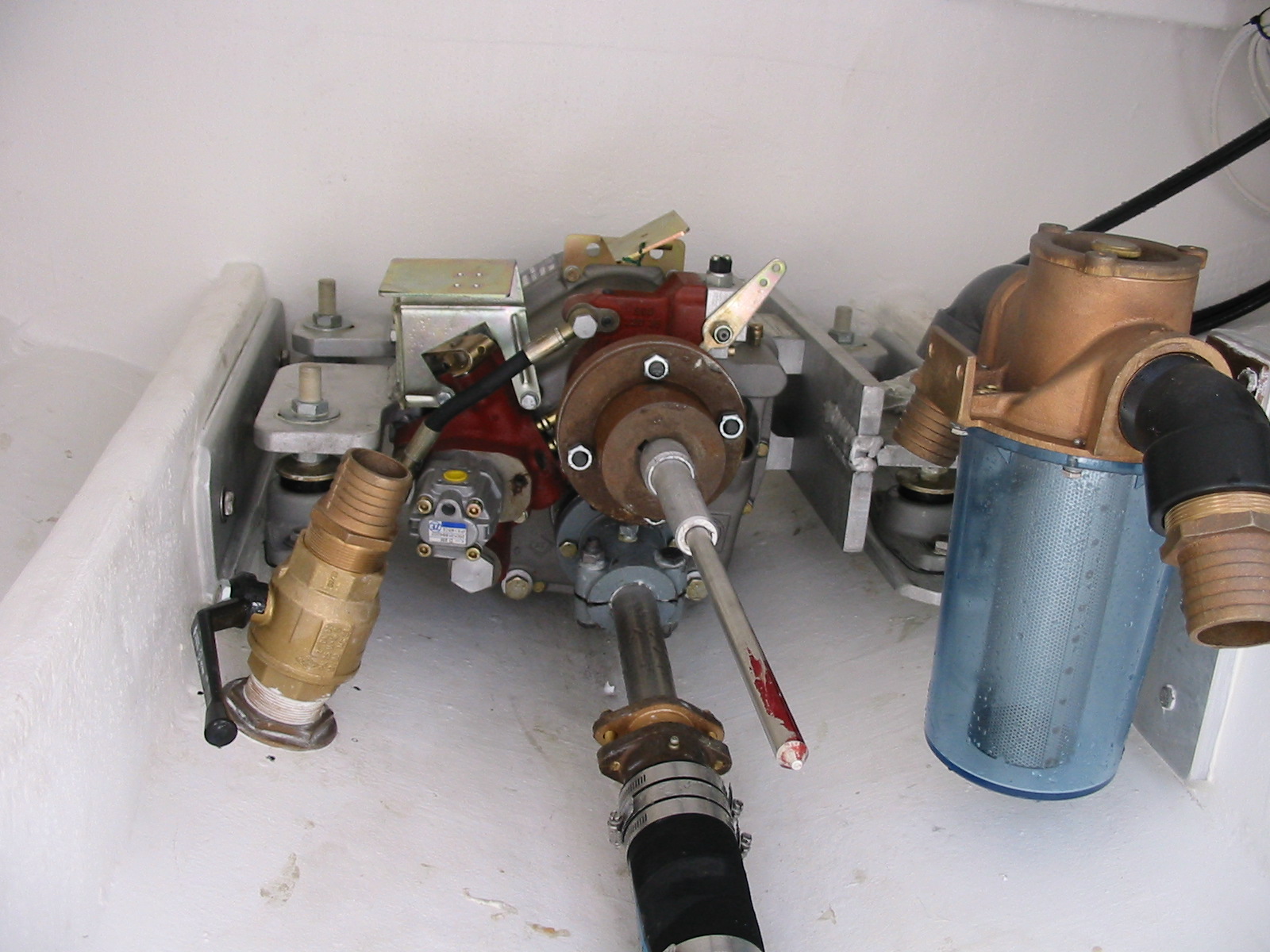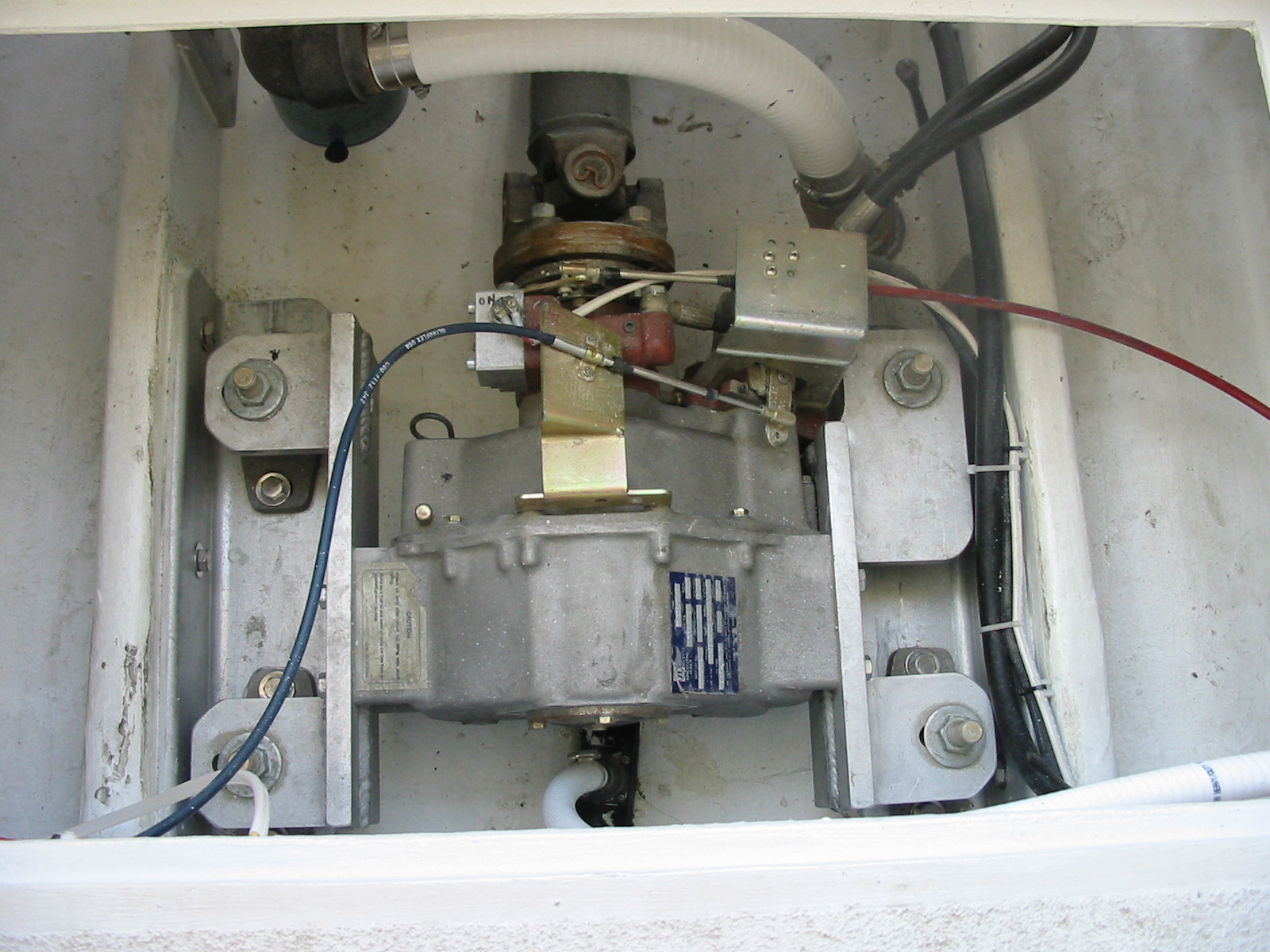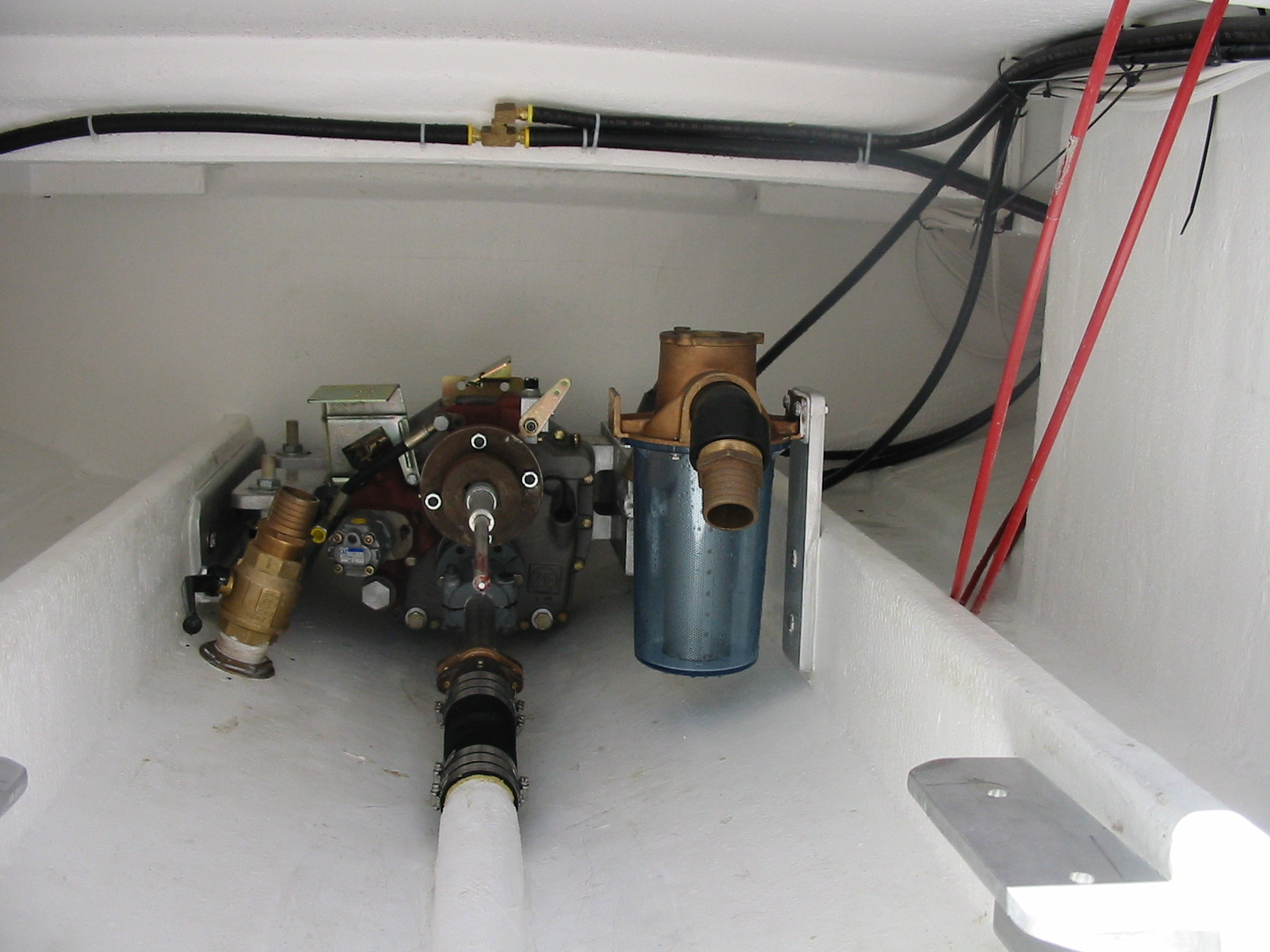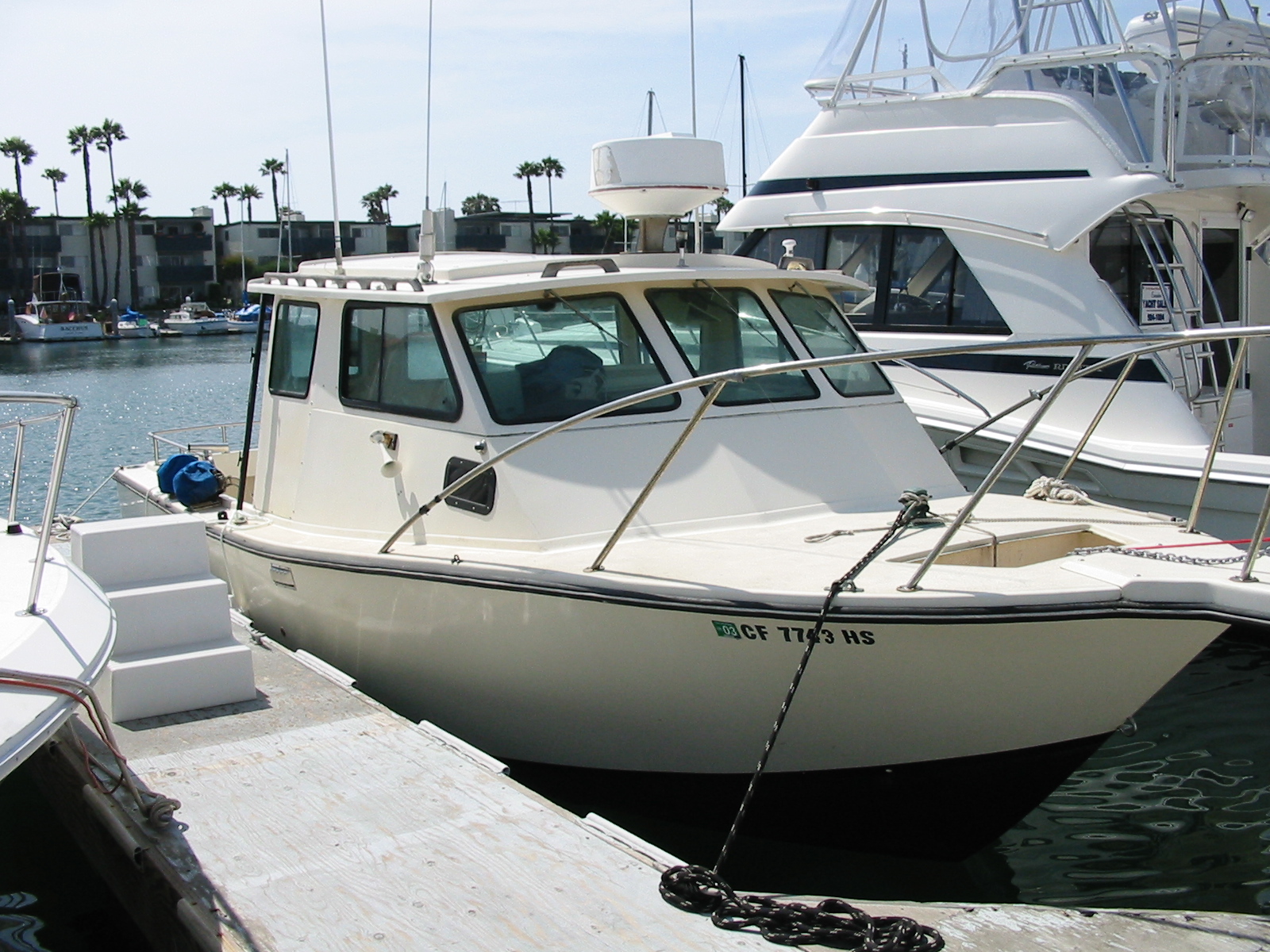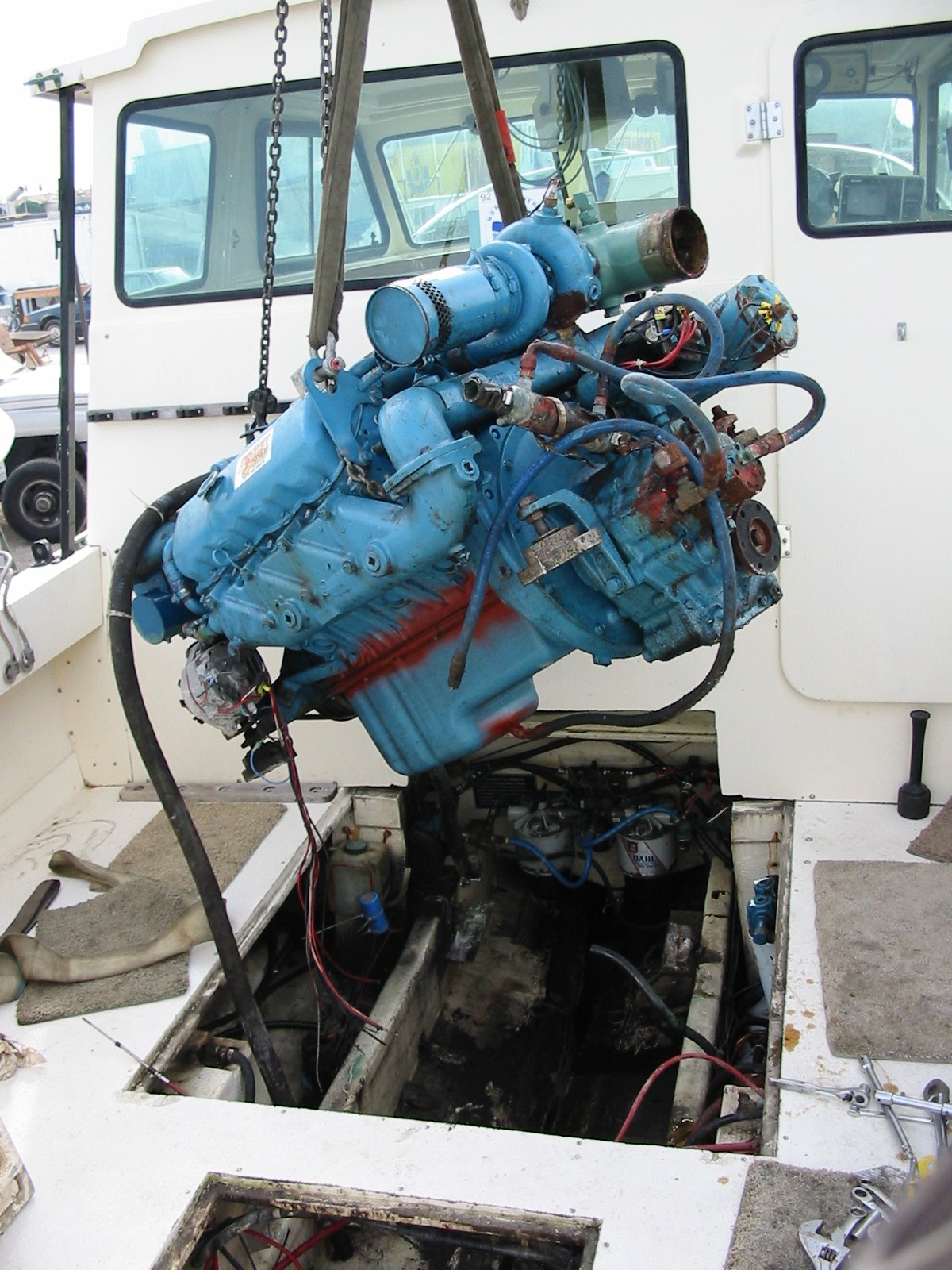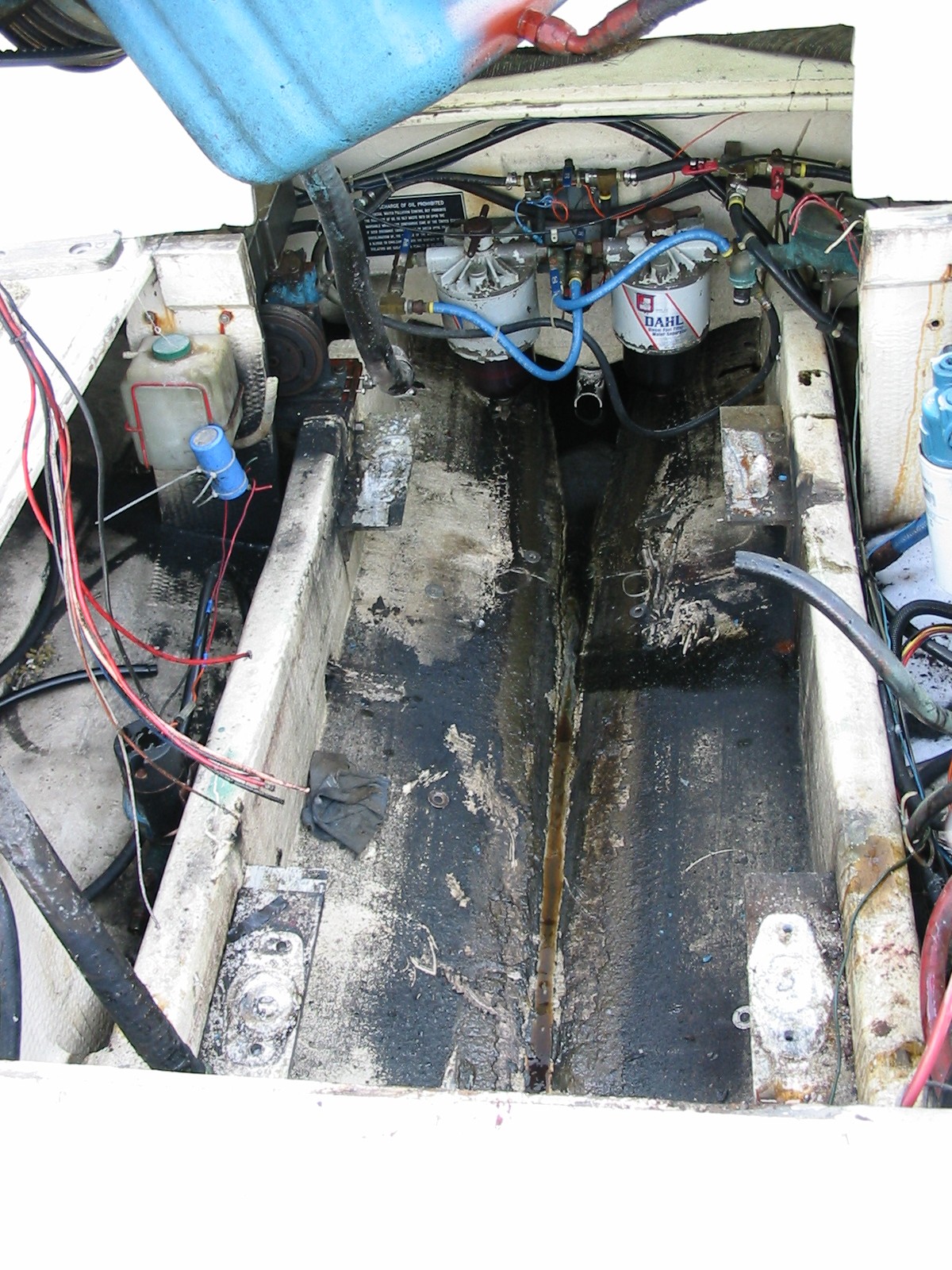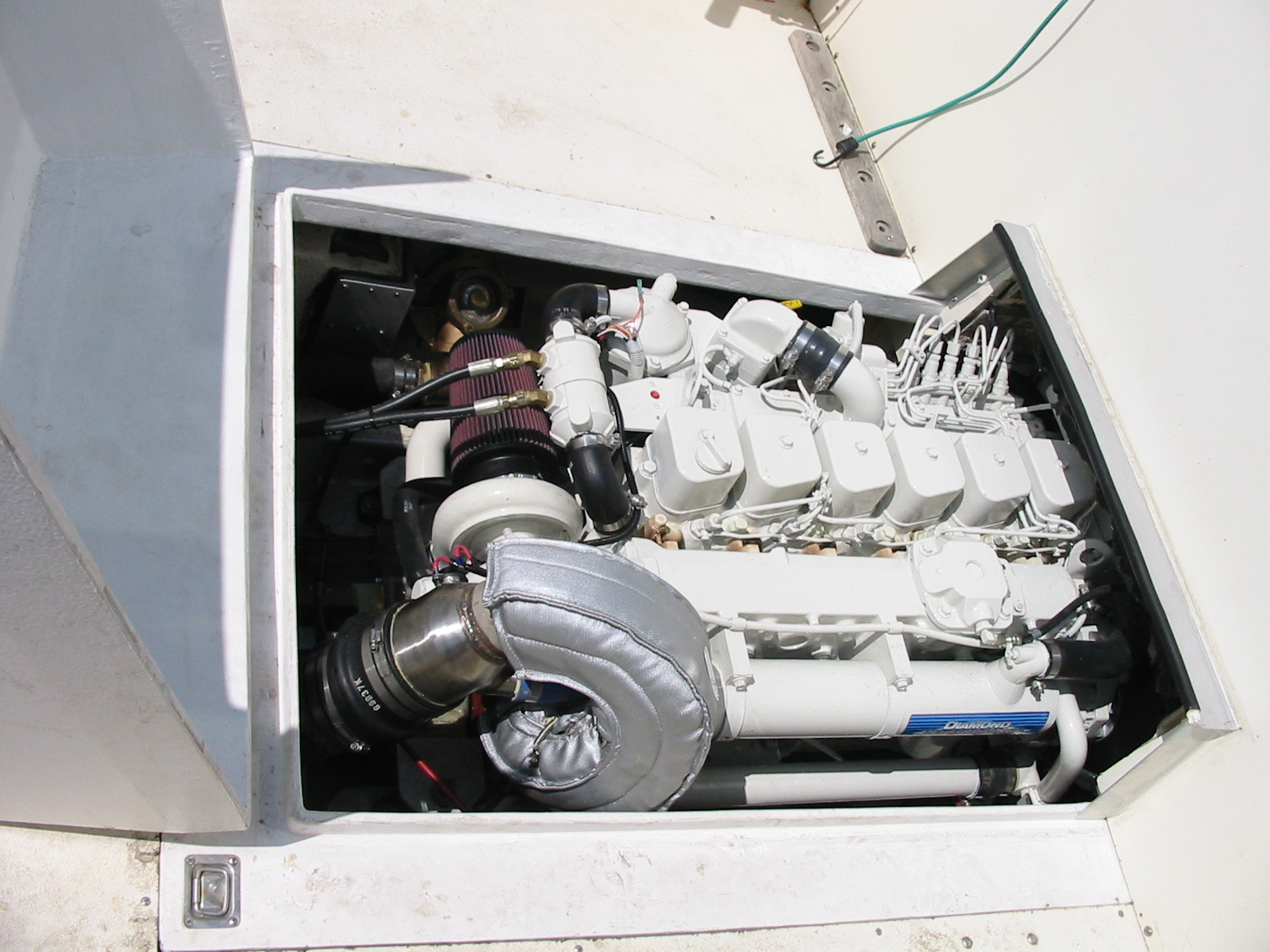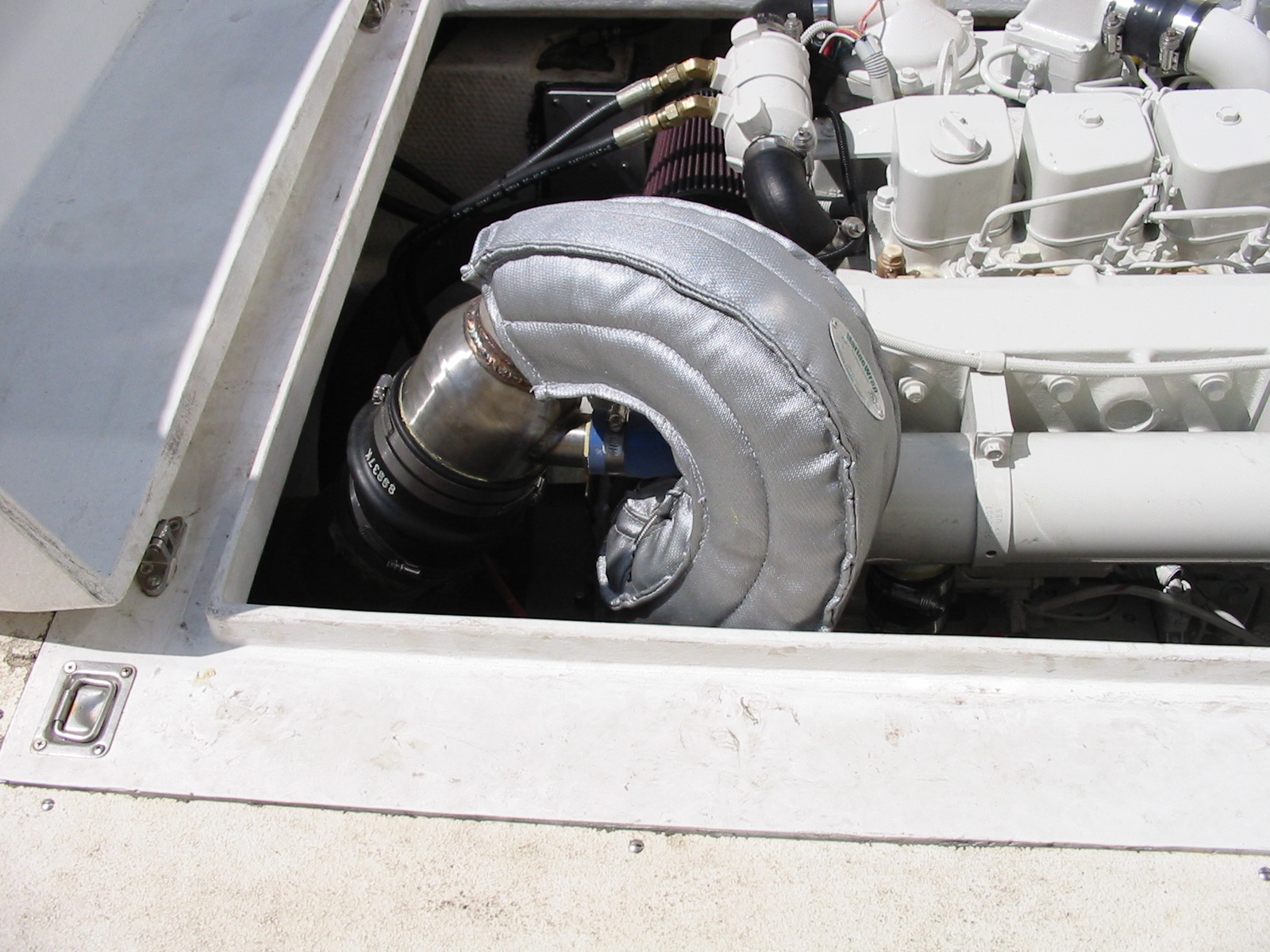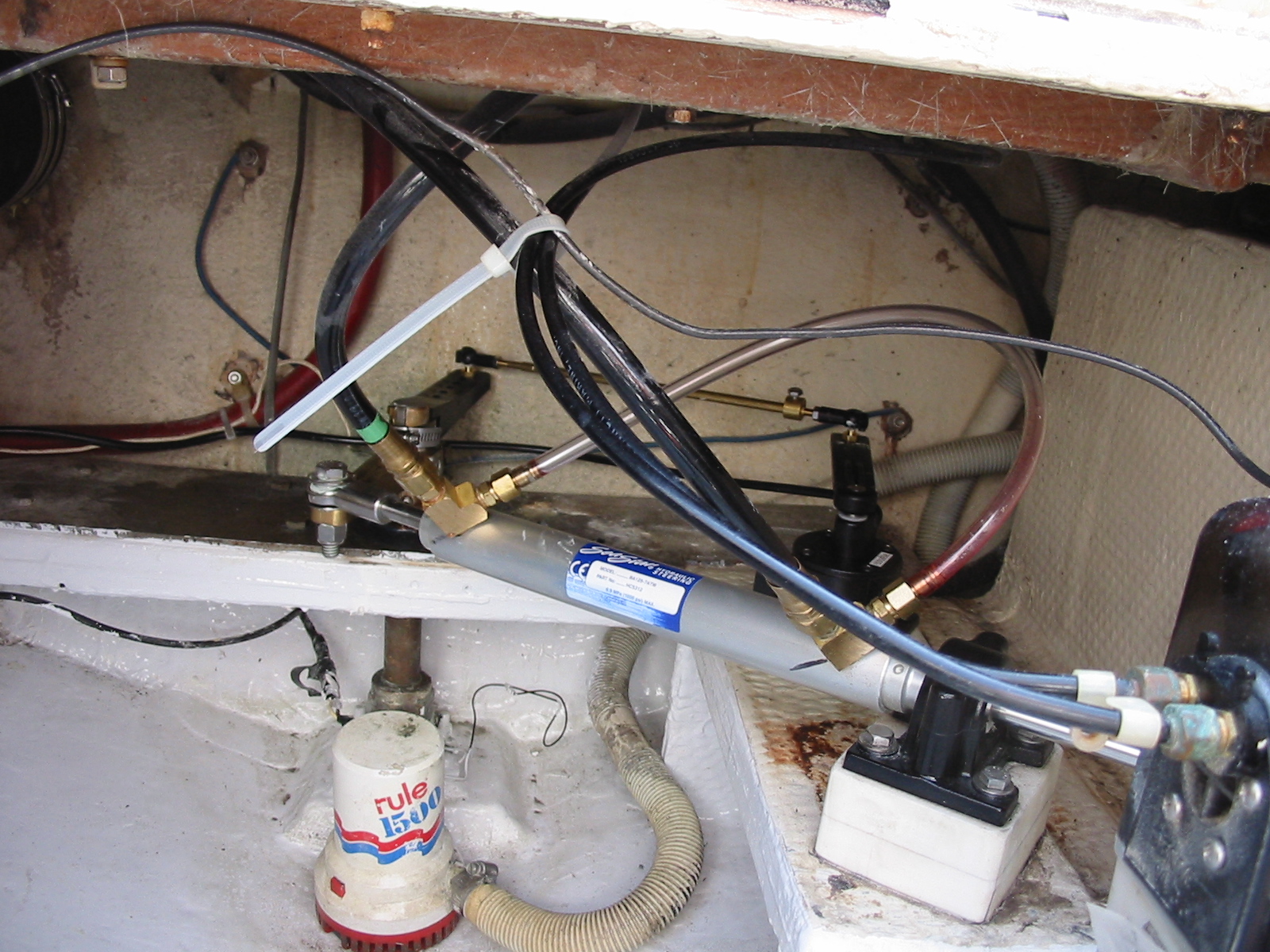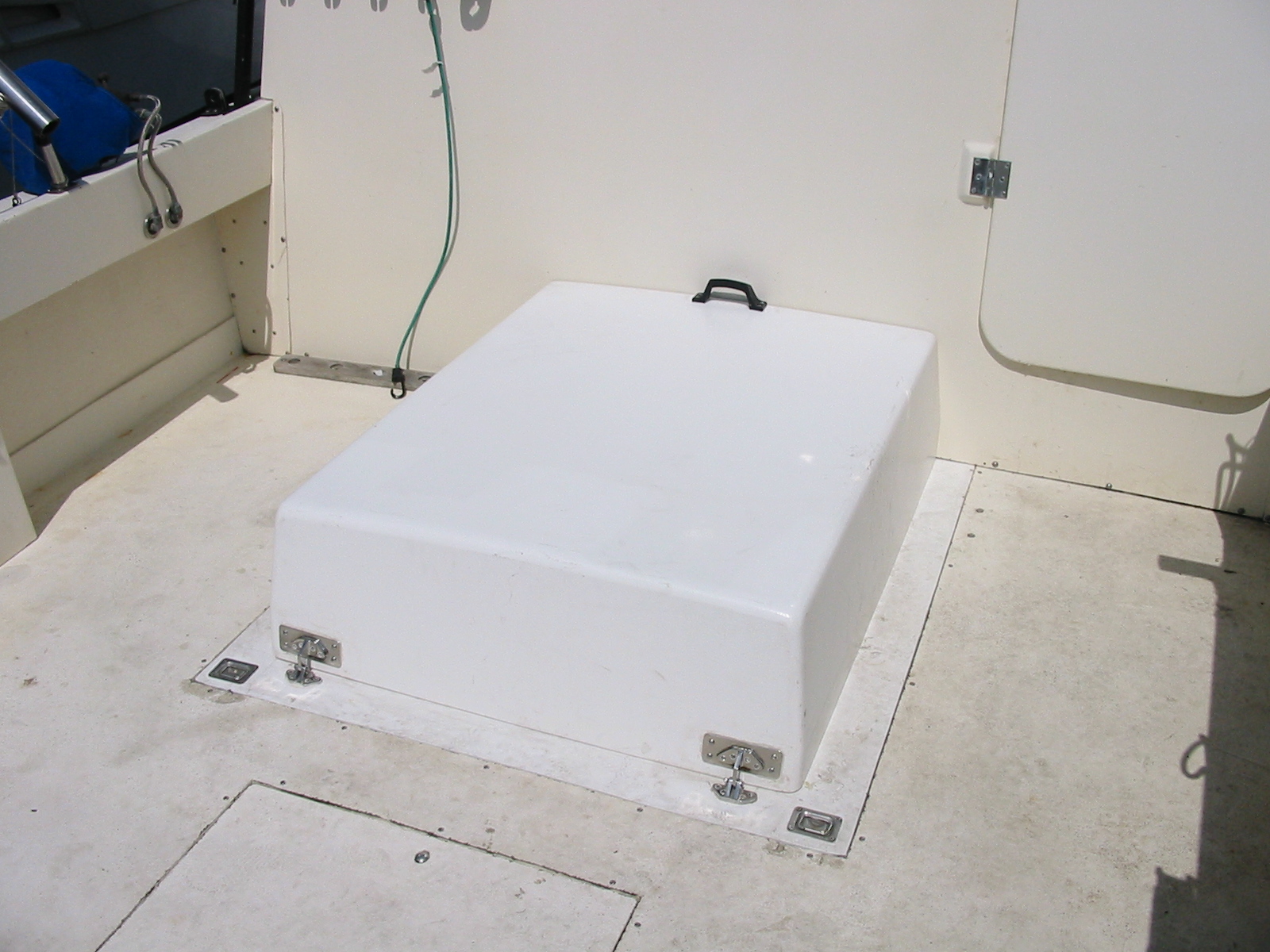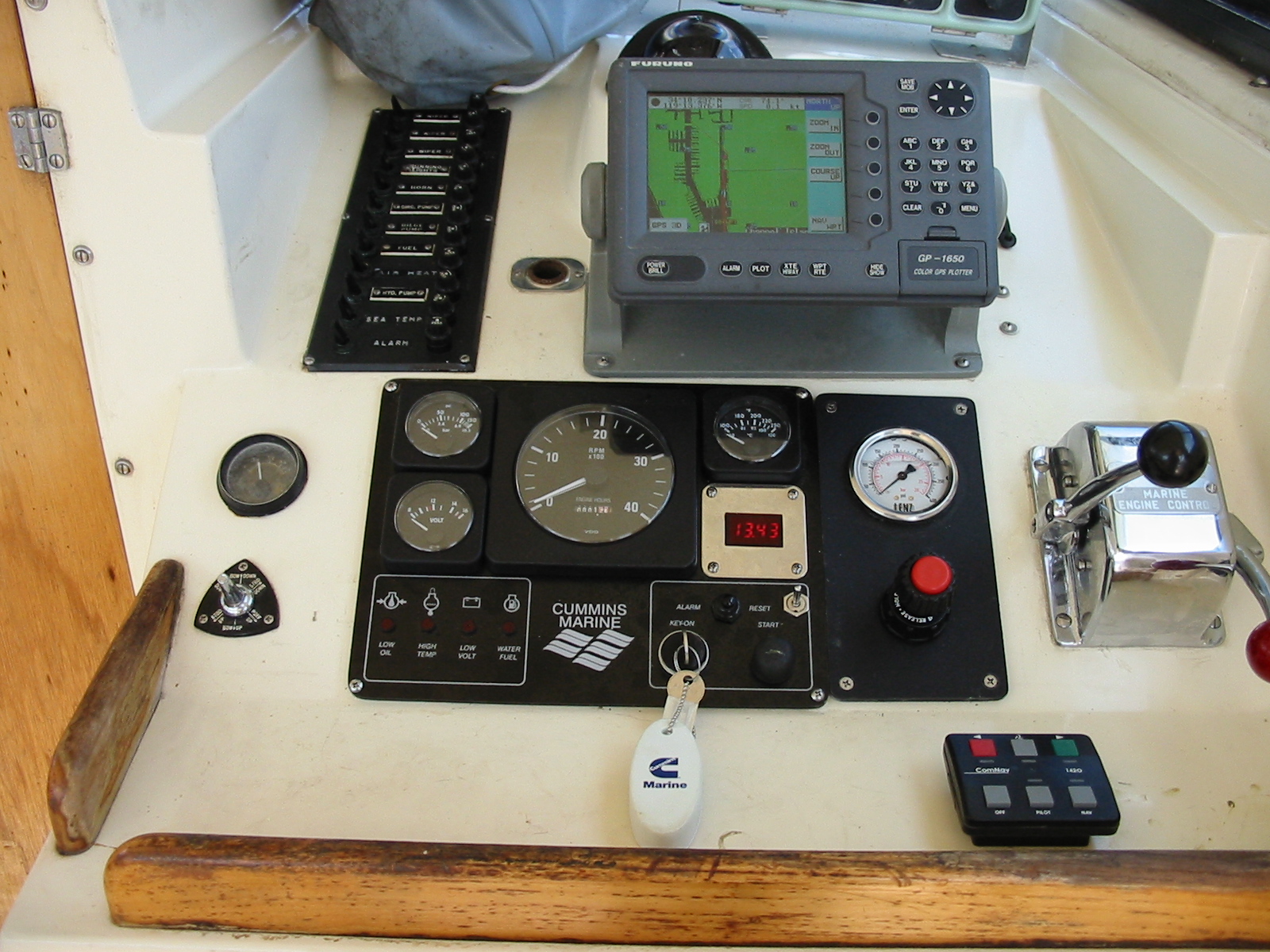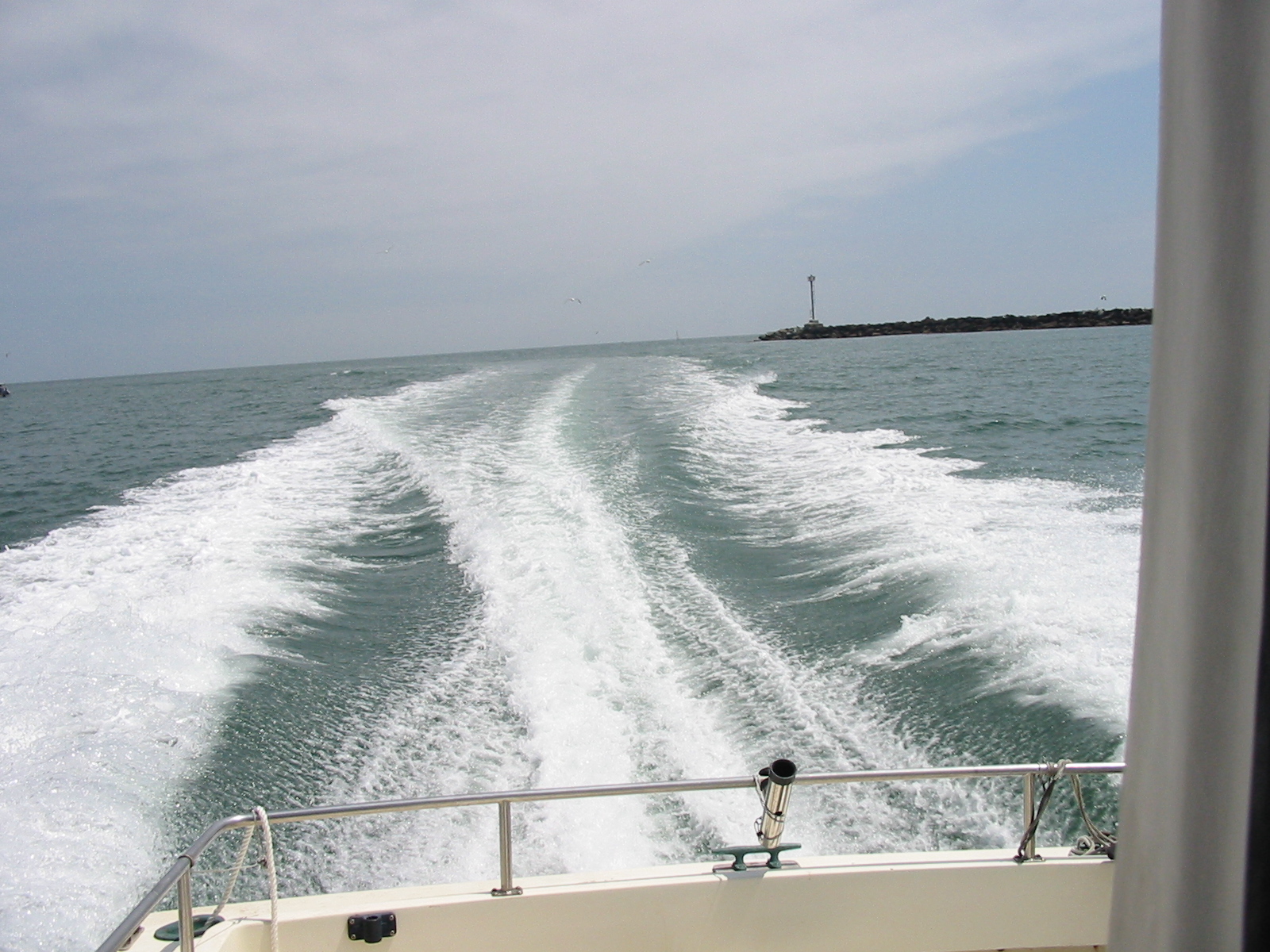Farallons are a very popular boat out here in on the West Coast, and for good reasons.. The company has been making semi- custom boats for well over 20 years and were one of the first that I know of to offer a smaller vessel (25 ft) with an inline shaft drive that was suited to commercial fishing. Rugged and stable, with a good compromise between dead rise, efficiency and ride. They became very popular with the Calif and Oregon salmon fleet, and soon became popular with the sportfishing anglers as the shaft drive allowed the boat to be berthed without the typical hassles that always came w/ outdrives.
I’ve been lucky enough to have the opportunity to repower about 15 Farallons over the past 15 years. All have been gas to diesel 25’s, but 2 have been the 27×10’s. I’ve used Cummins in all of them from 210’s to 370’s and all perform great. Typical speeds are 18-25 cruise w/ 2.5 to 3.2 MPG on plane above 18 K’s. One of the 25’s has made two trips from Channel Islands to Cabo and fished all the way down and back. Of course, this owner is a true Fishin’ Fool.
As with most boat builders, there is always a “best compromise” between quality, engineering and price.. In the case of Farallon, there were many design features on the boat that left room for improvement.. Three particular things have always stood out when an owner wanted to repower and upgrade his Farallon..
Actually, about 1/2 of the repowers were driven by the fact that the Aluminum fuel tanks under the rear deck had rotted thru and required a major redo of the boat anyway. As with many builders, Farallon used aluminum fuel tanks and put them in the easy way. Cheap expanded urethane foam with plywood and glass holding them in place in a very wet and damp engine room/bilge.. About 20 years later and the tanks are leaking.
I think number two on the list the owner wanted improvements in were the deck hatches. The “flush” hatches looked appealing to the customers but in real life proved to be a very poor choice as everything drained into the bilges (water, fish guts, etc..) Lousy design…..
I think number three was the low decks in general and the fact that the boat had one bilge from stem to stern.. With the low decks and lousy hatches, water would come thru the rear scuppers when a couple of adults were fishing on the stern, slowly ride up the rear deck and trickle into the bilges. If your bilge pump failed, you were sinking slowly while having a great time fishing….
Of course, as with all gas boats, range and speed were always an issue and were the main driving force to repower. But as long as we’re doing that, why not address a couple of other things along the way………….
I’ve attached some pics of a recently done 25 that we “turned it all around” and did put in a remote 220V w/ a 370 Diamond along w/ a 200-gallon fuel capacity.. This was the second 25 I’ve done like this and both of these I’d consider the toughest 25 ft sport fishing machines around.. Basically any speed you feel like going below 30K and weight is not an issue.. Very powerful, economical, tough w/ low maintenance.
The 27 Farallon pictures was a repower from an Detroit 8.2 250hp.. We went to a 370 Diamond, ZF220A w/ a trolling valve (he’s a commercial Salmon guy), 1 3/8″ AQ 22 shaft, rudder, and a 18 x 23″ propeller. New HD strut, hatch arrangement, steering, electrical, etc, (as needed) but this was not a complete re-engineering of the vessel like the 25 ft Farallon V-drive vessel were……..
Should you own a Farallon w/ a small or big block, you all ready know the good and the bad of your boat.. These pics will give you an idea on how you can repower your boat into a “better than new” Farallon and still have some $$ left in your bank account…. Between 1/3 and 1/2 the bucks of a new Diesel Powered Farallon and still has all of the goodies that you have installed over the years along w/ many added superior features………….
Plus, you have an early hand layed -up FRP hull that to this day, I don’t think I’ve seen anything that comes close to its quality.
